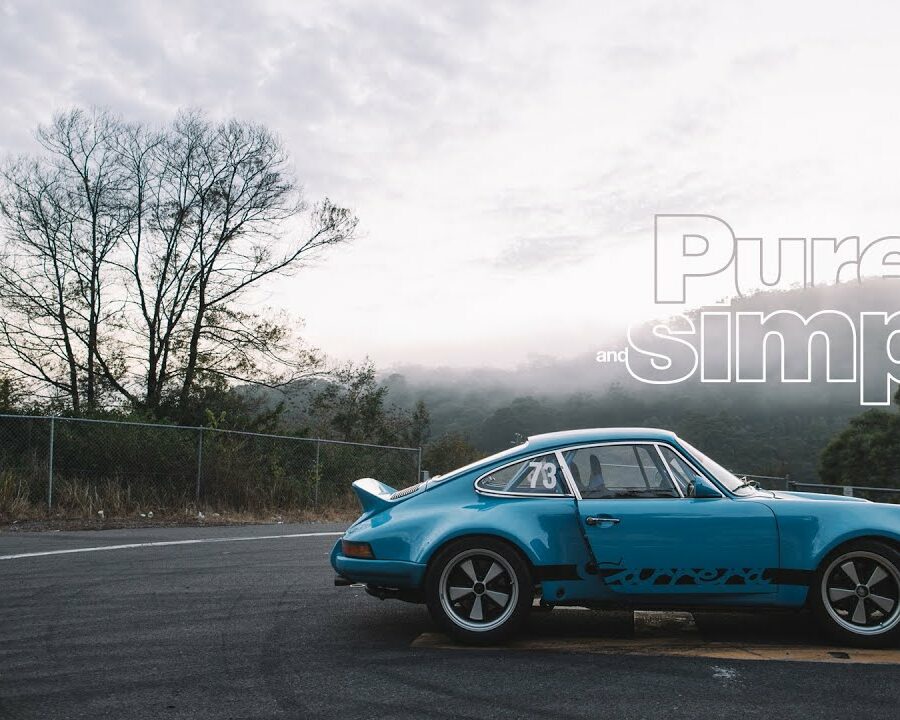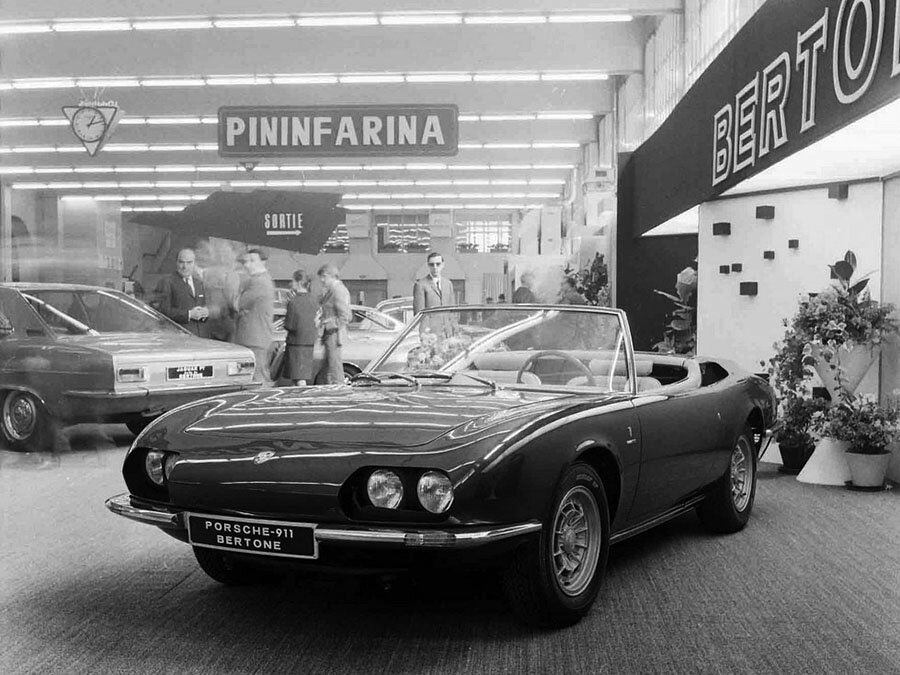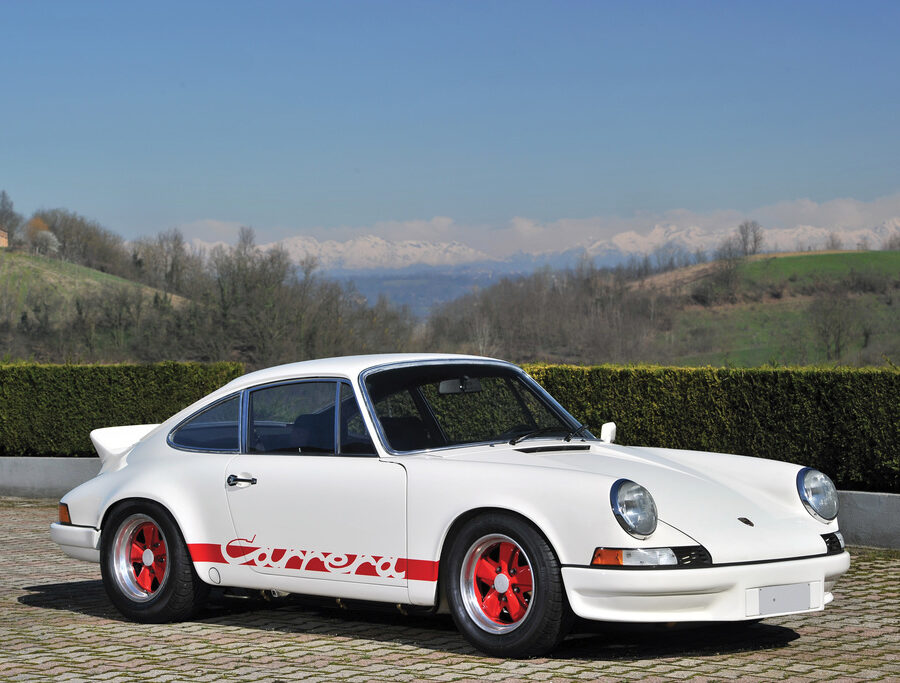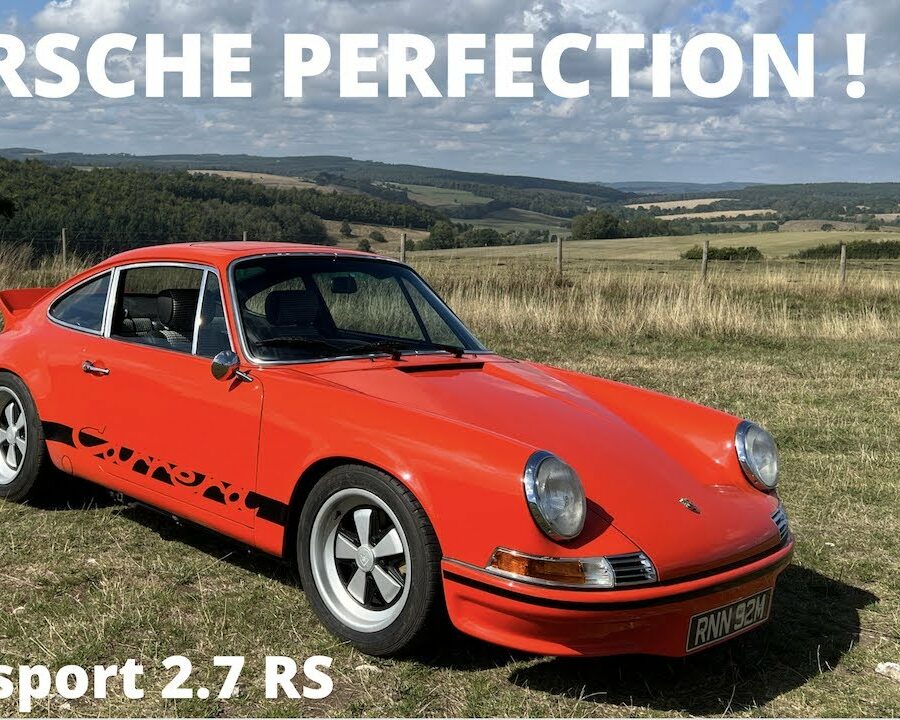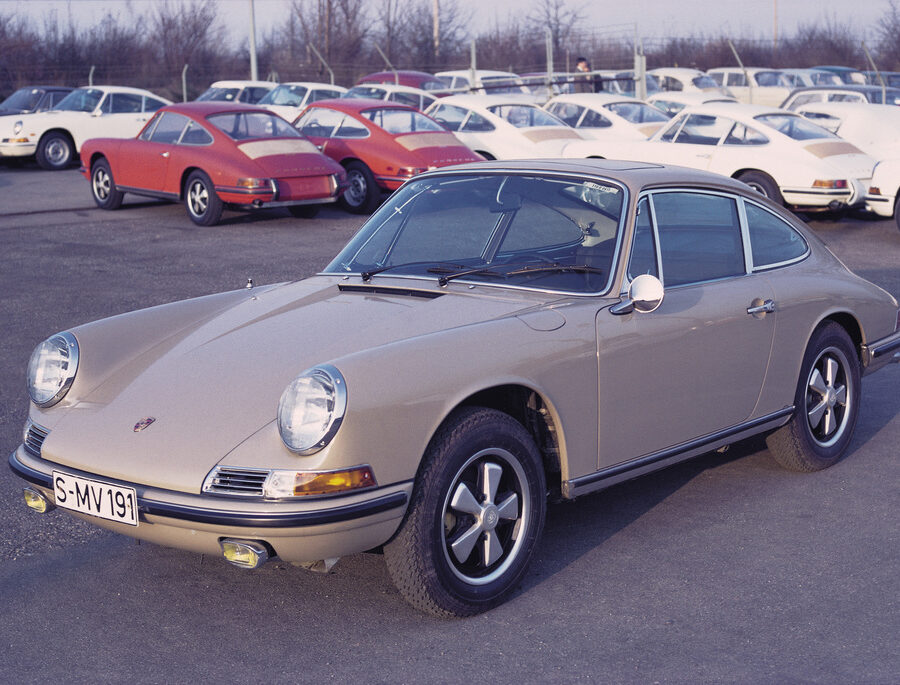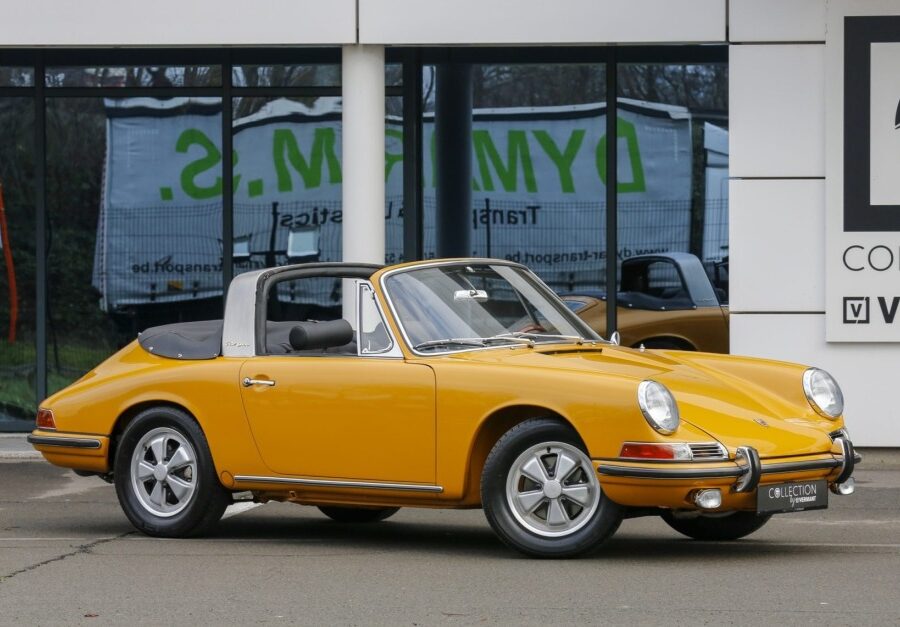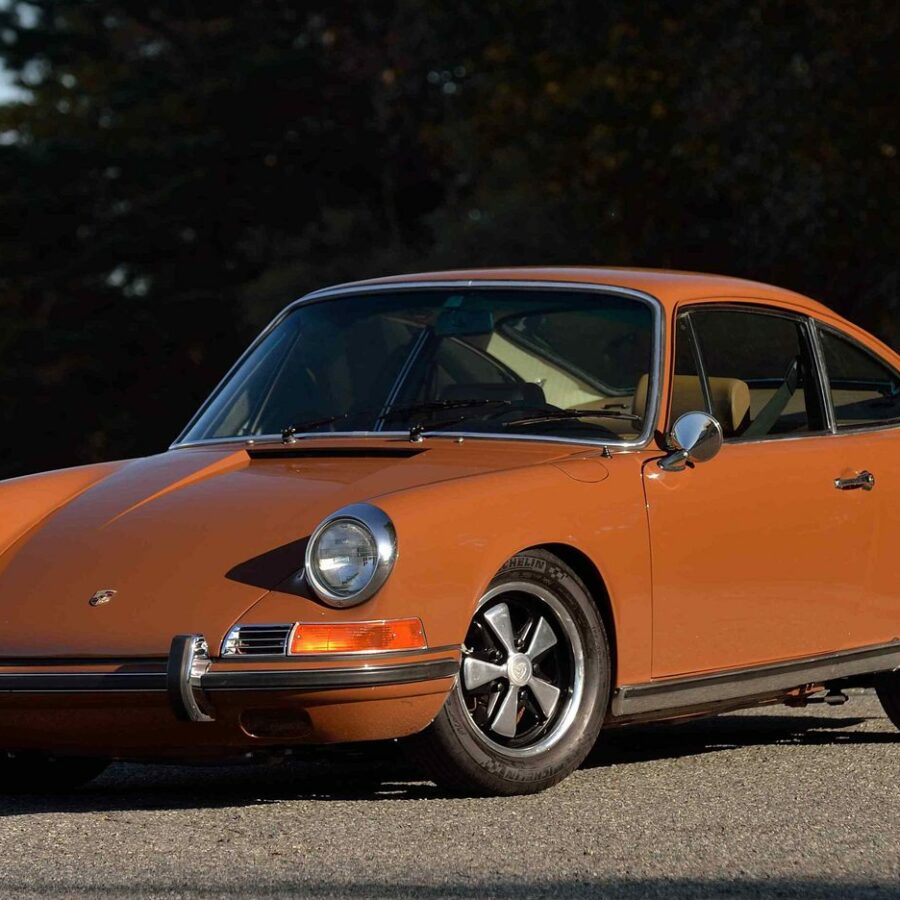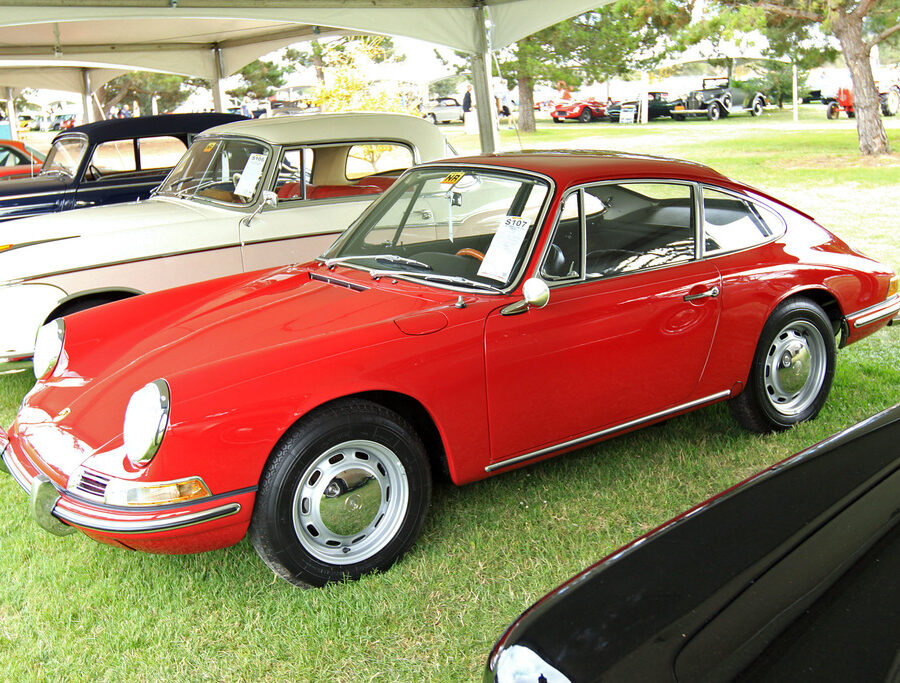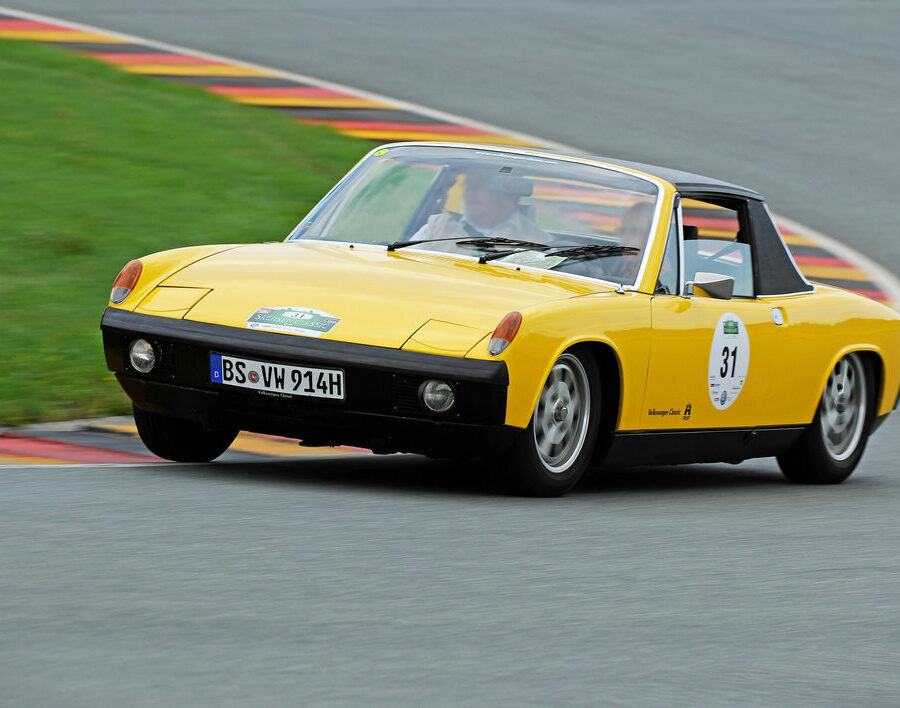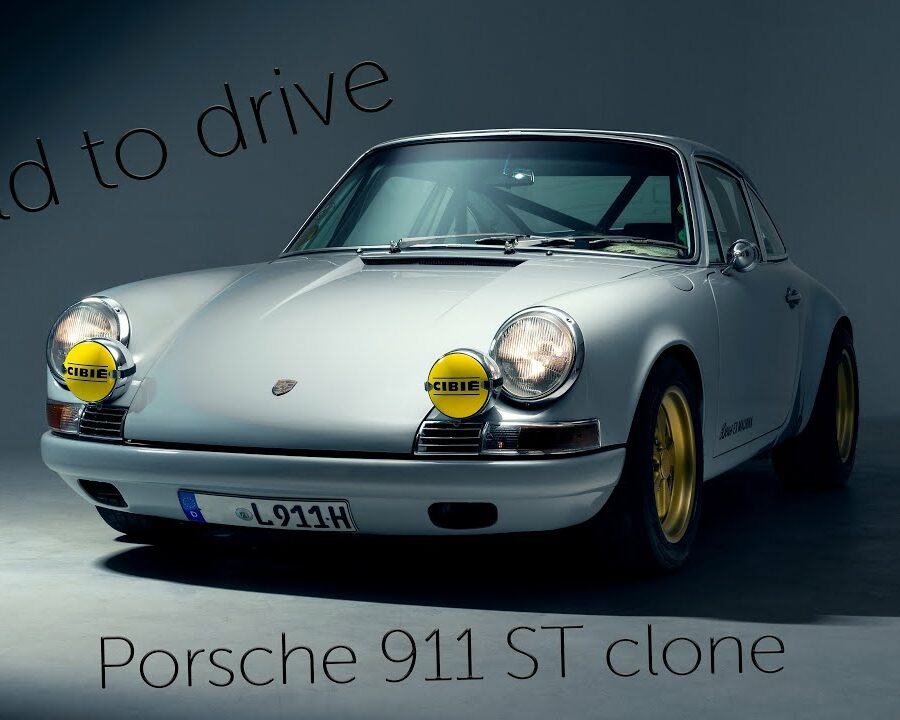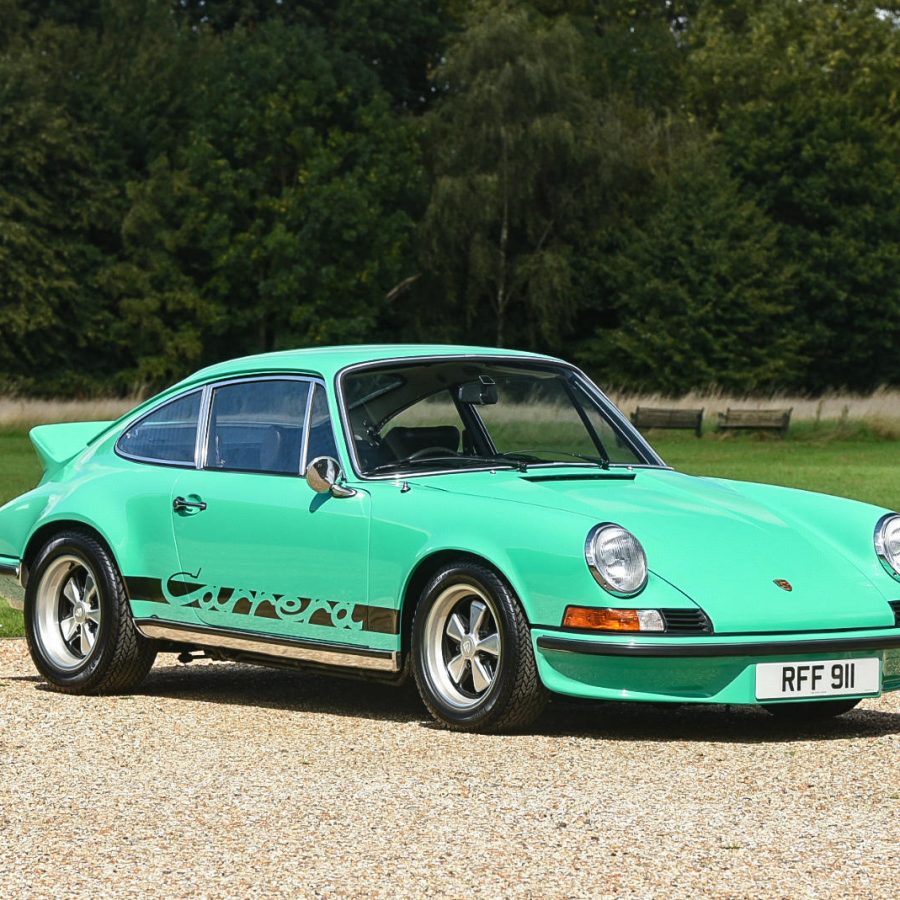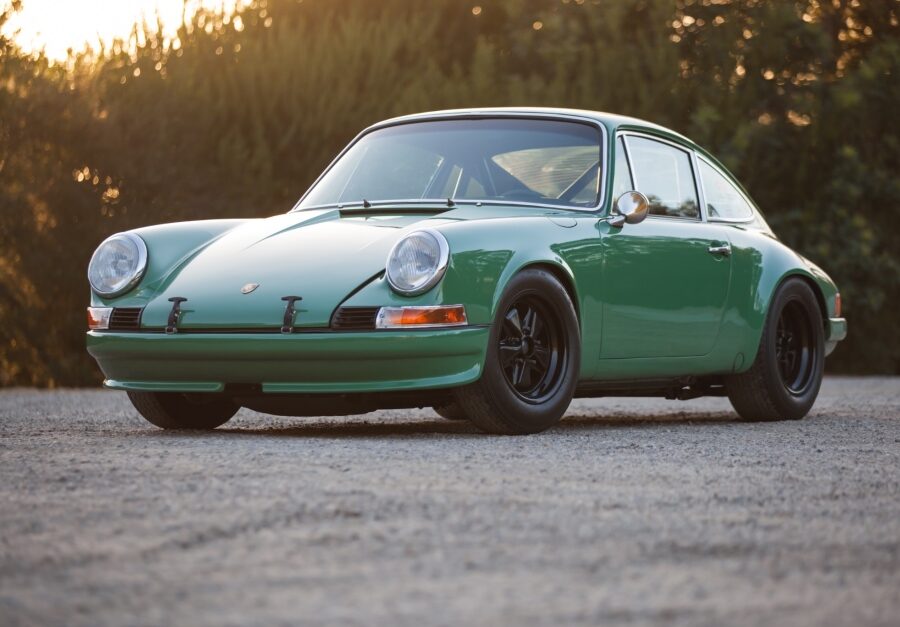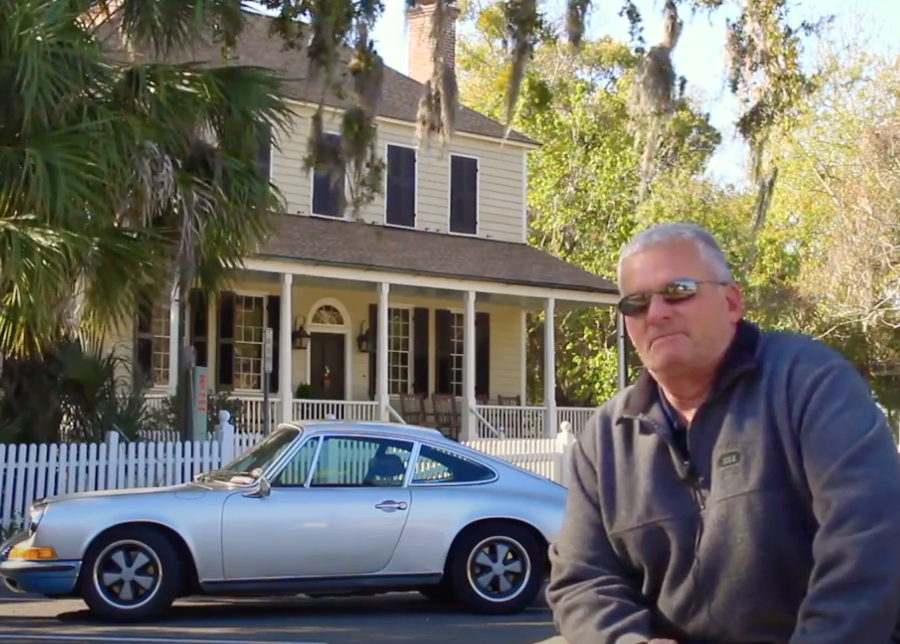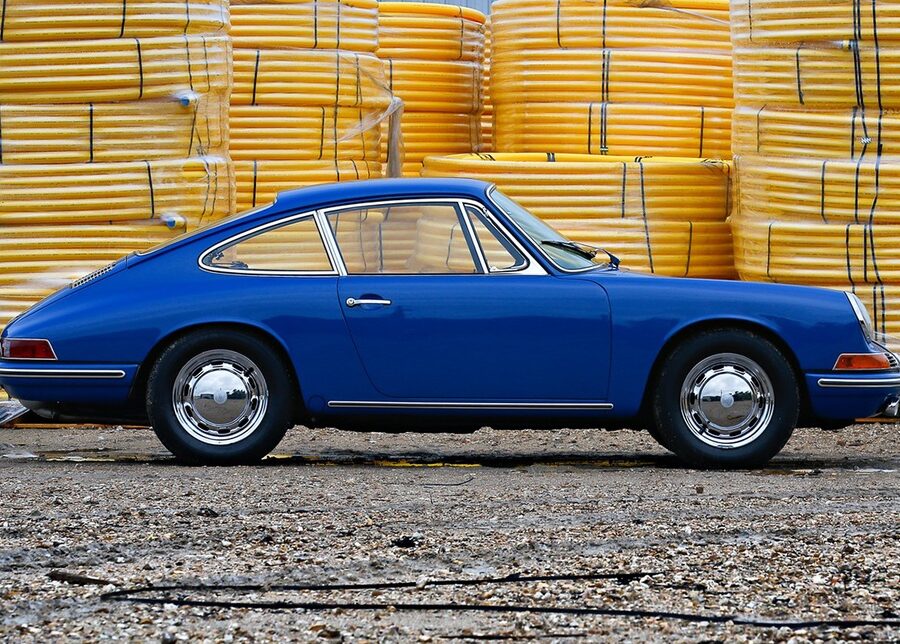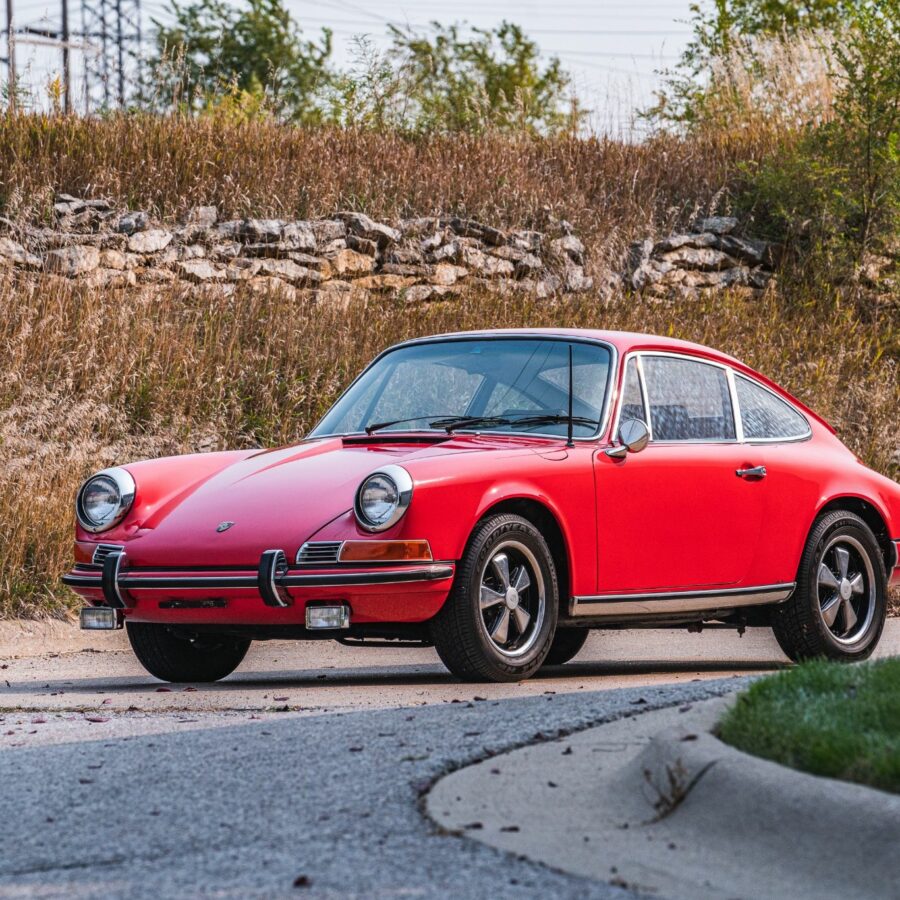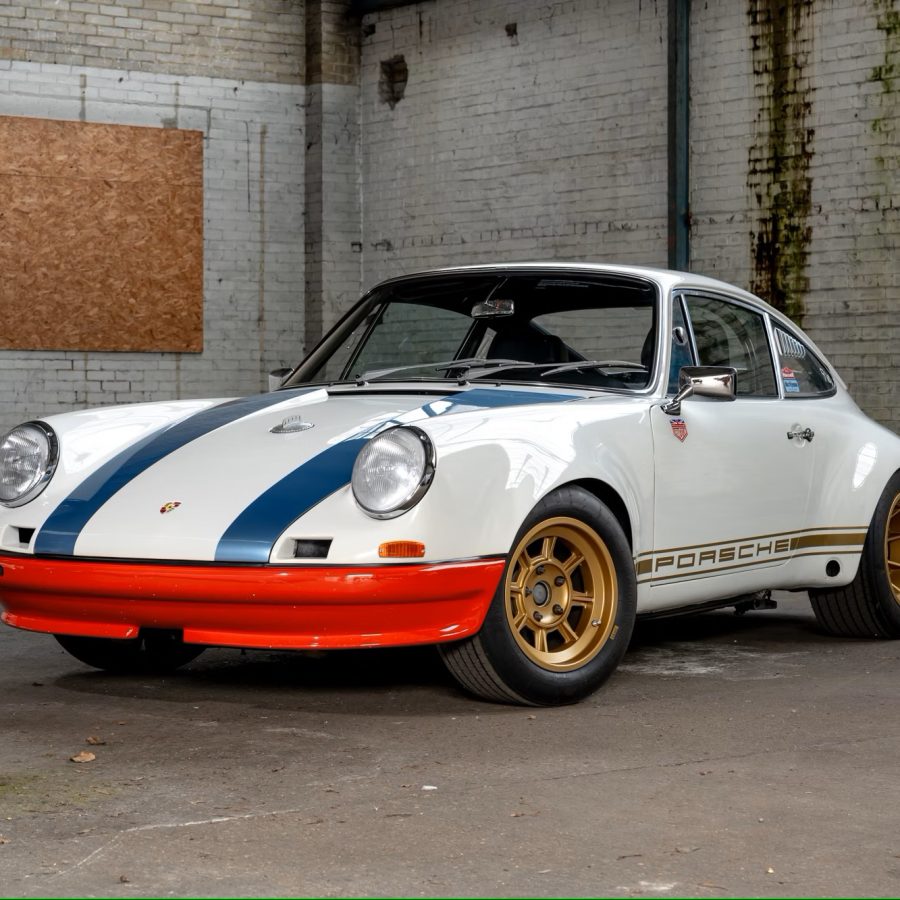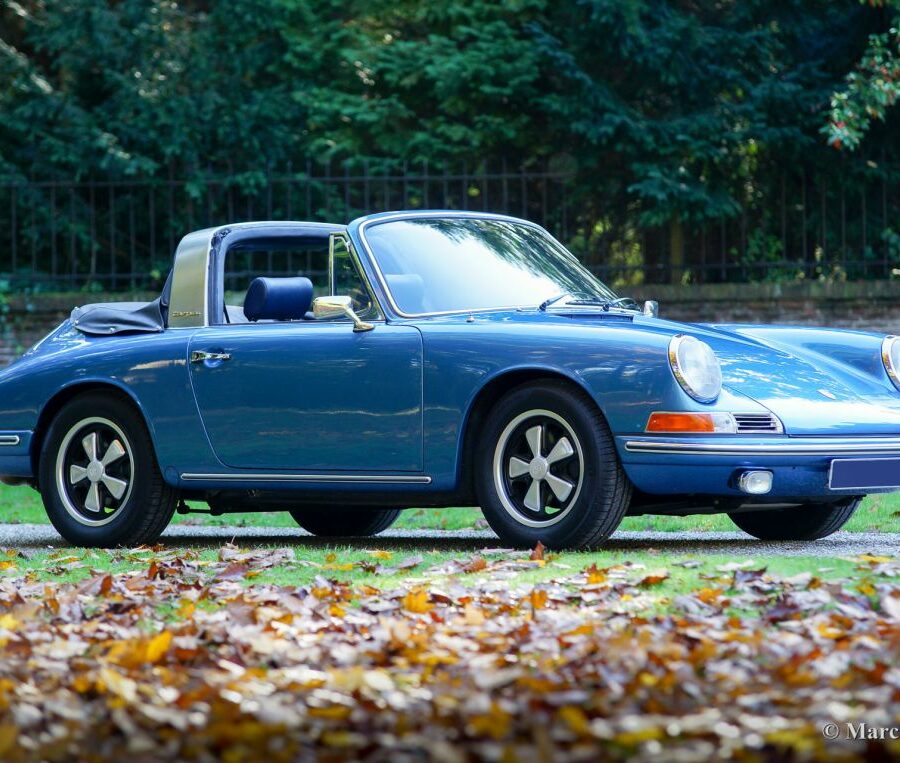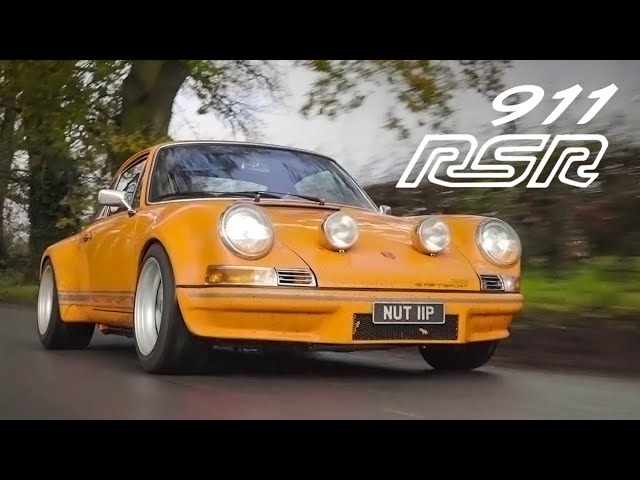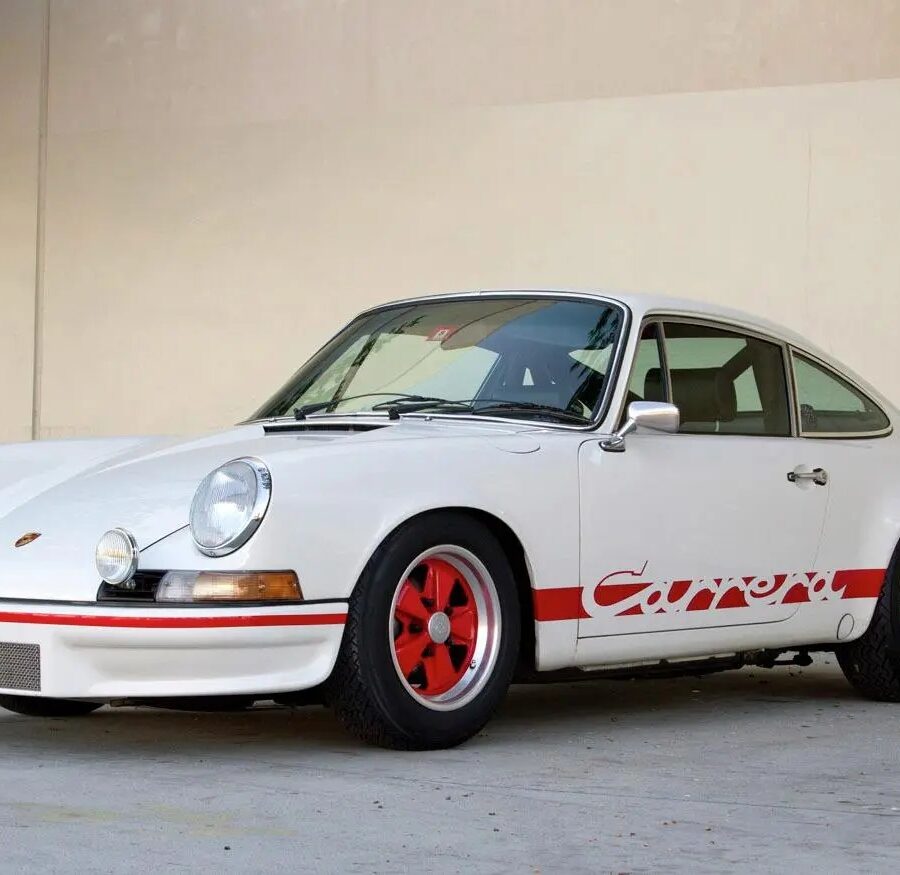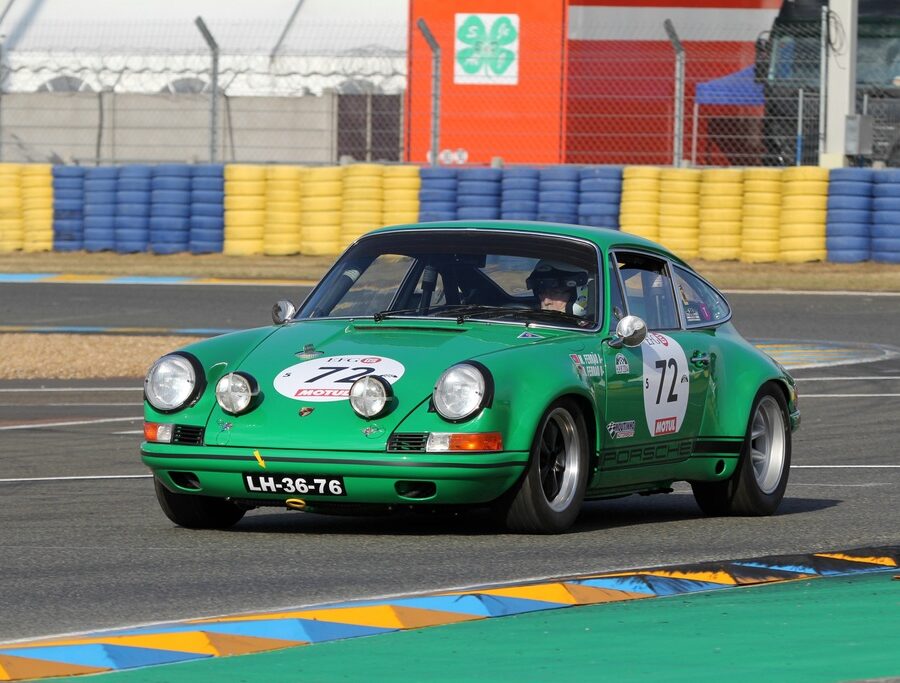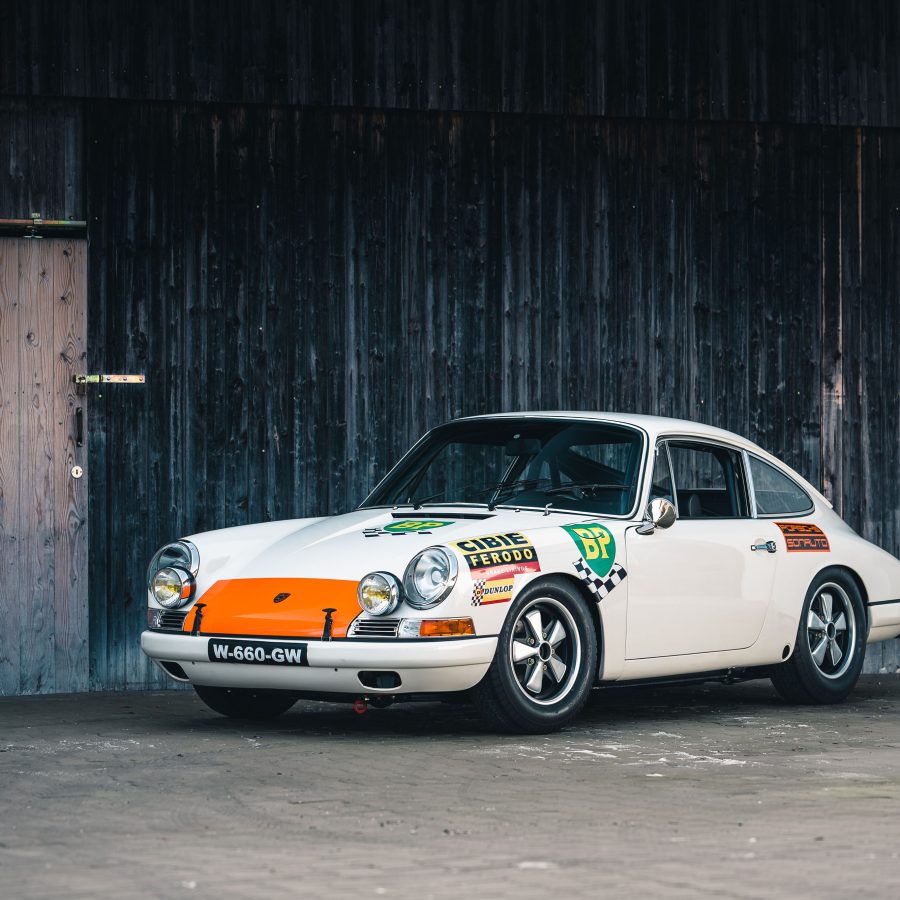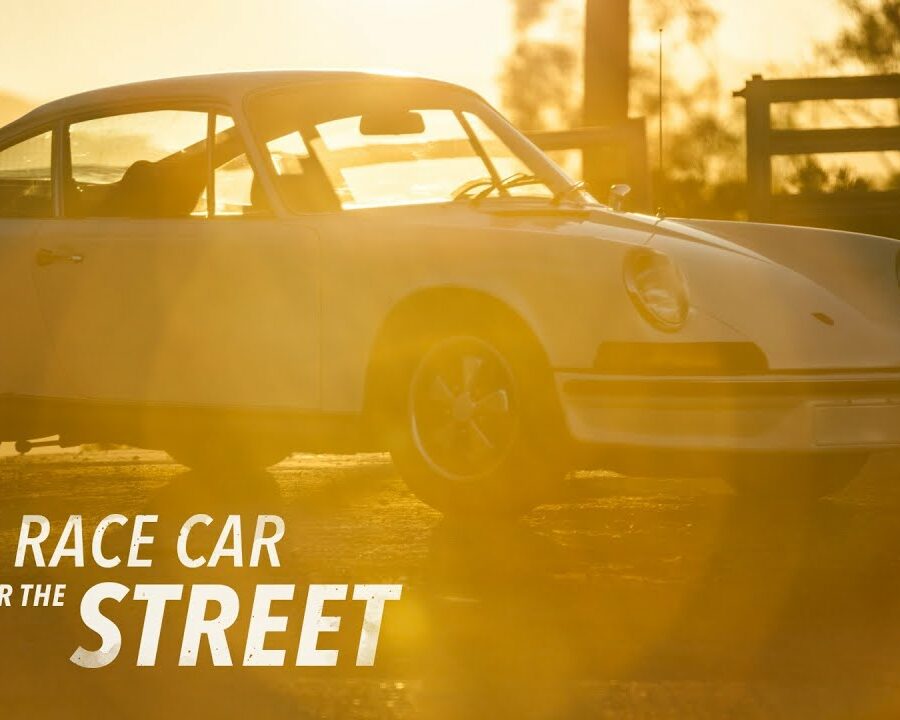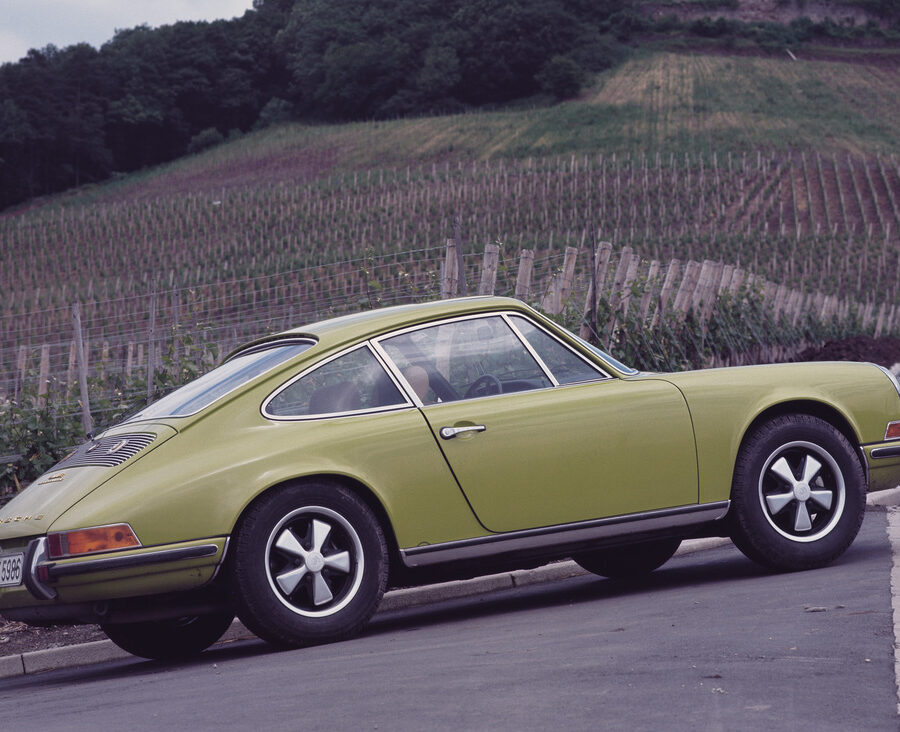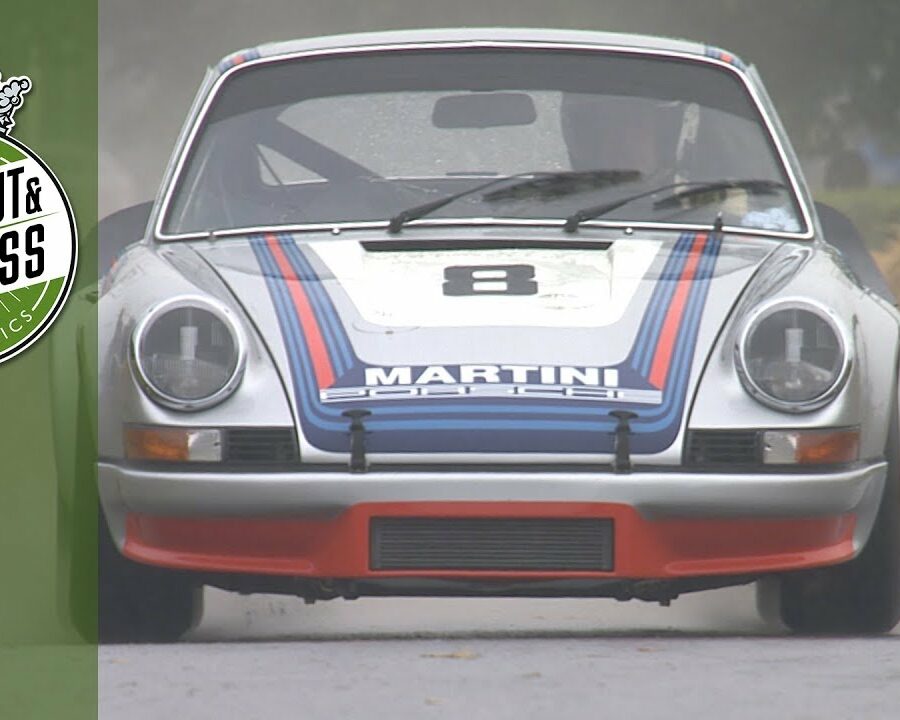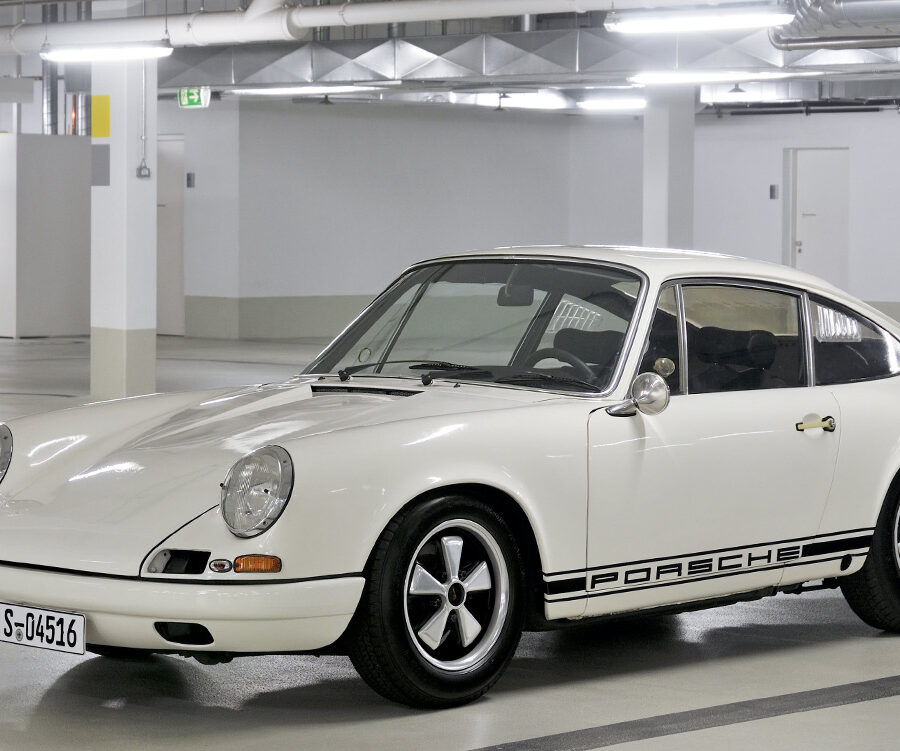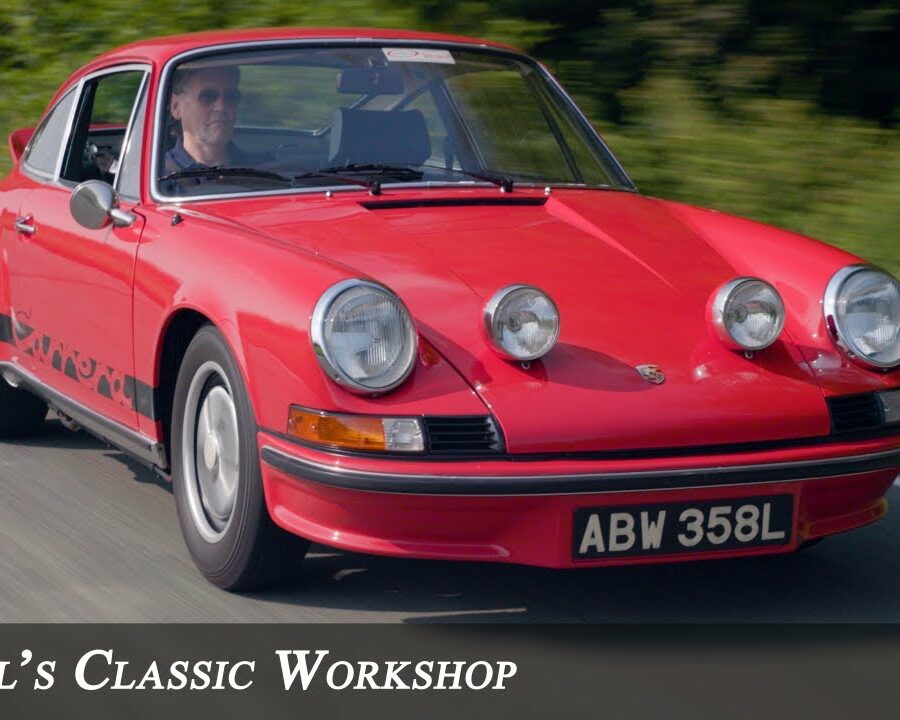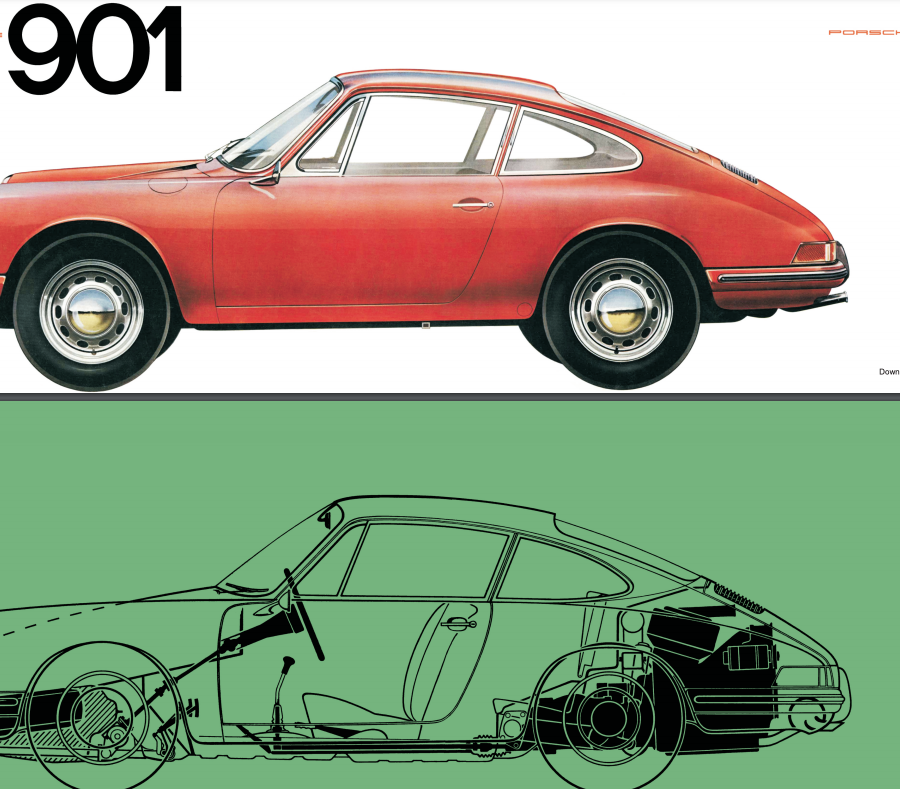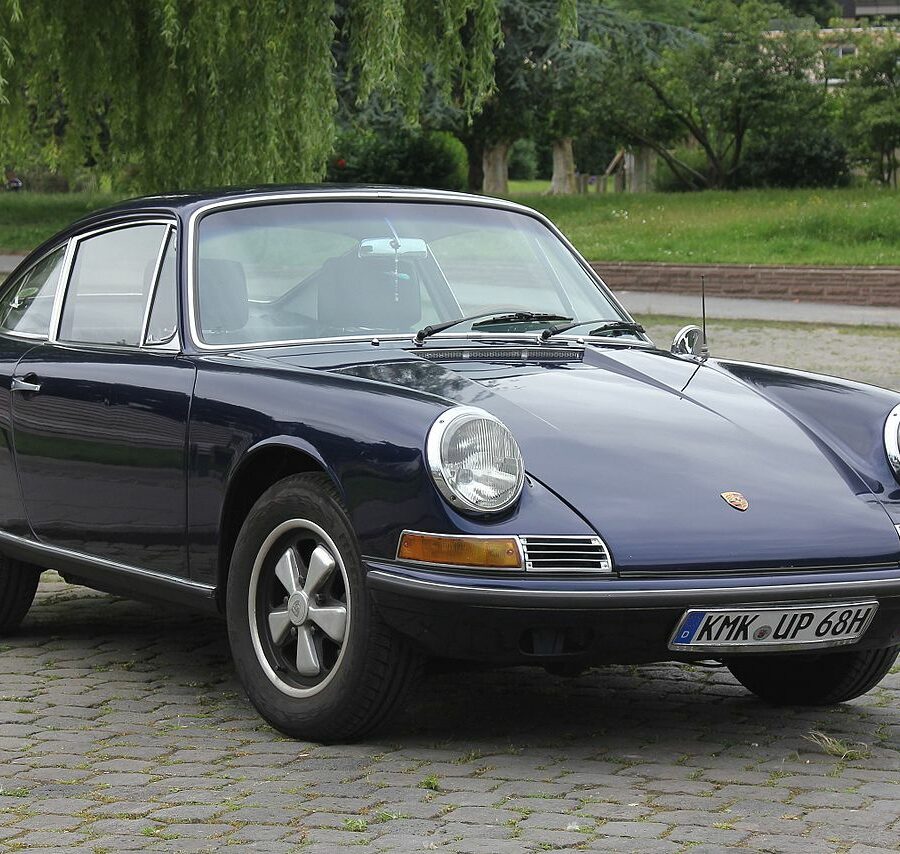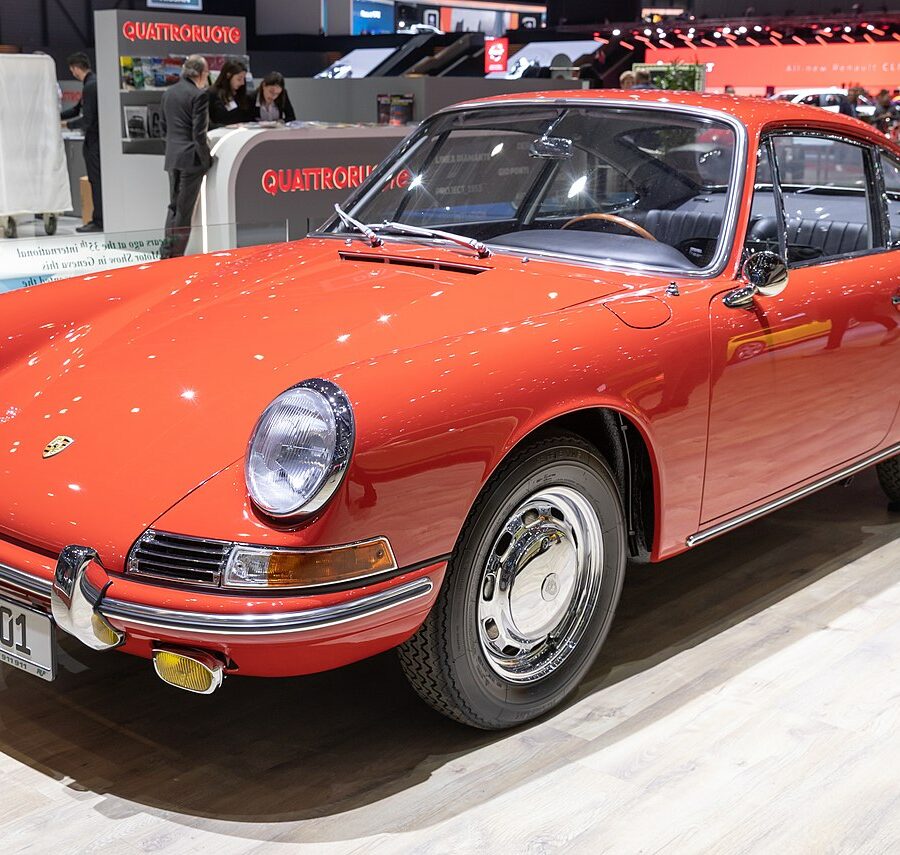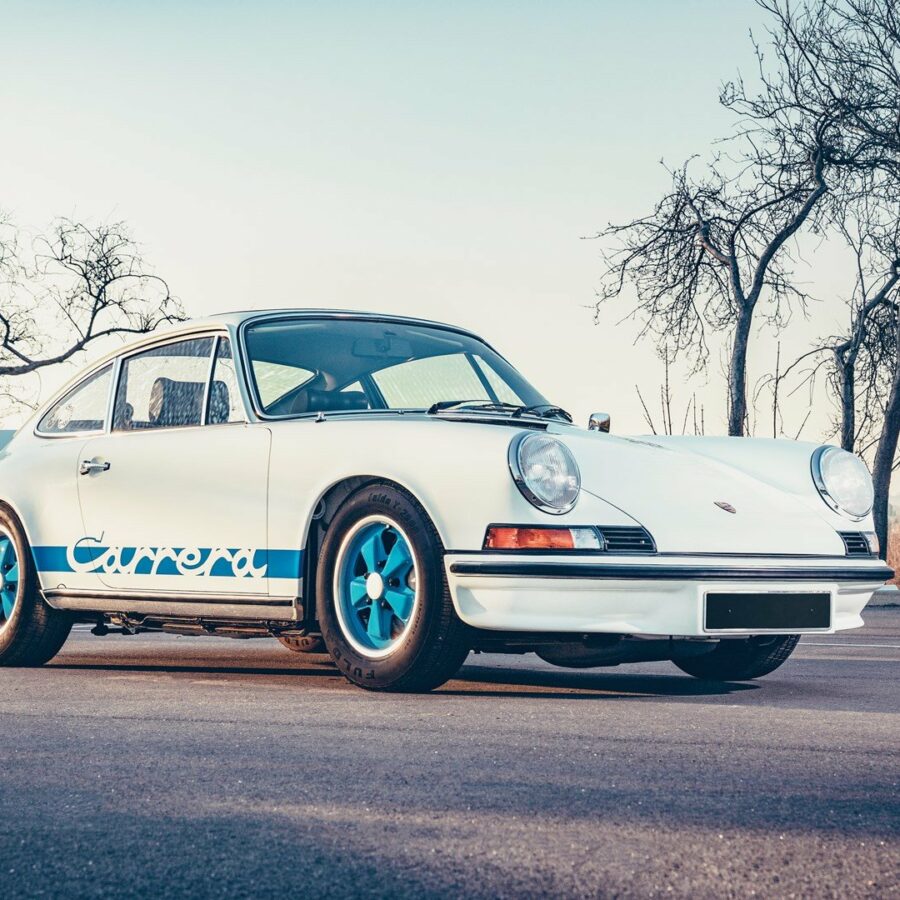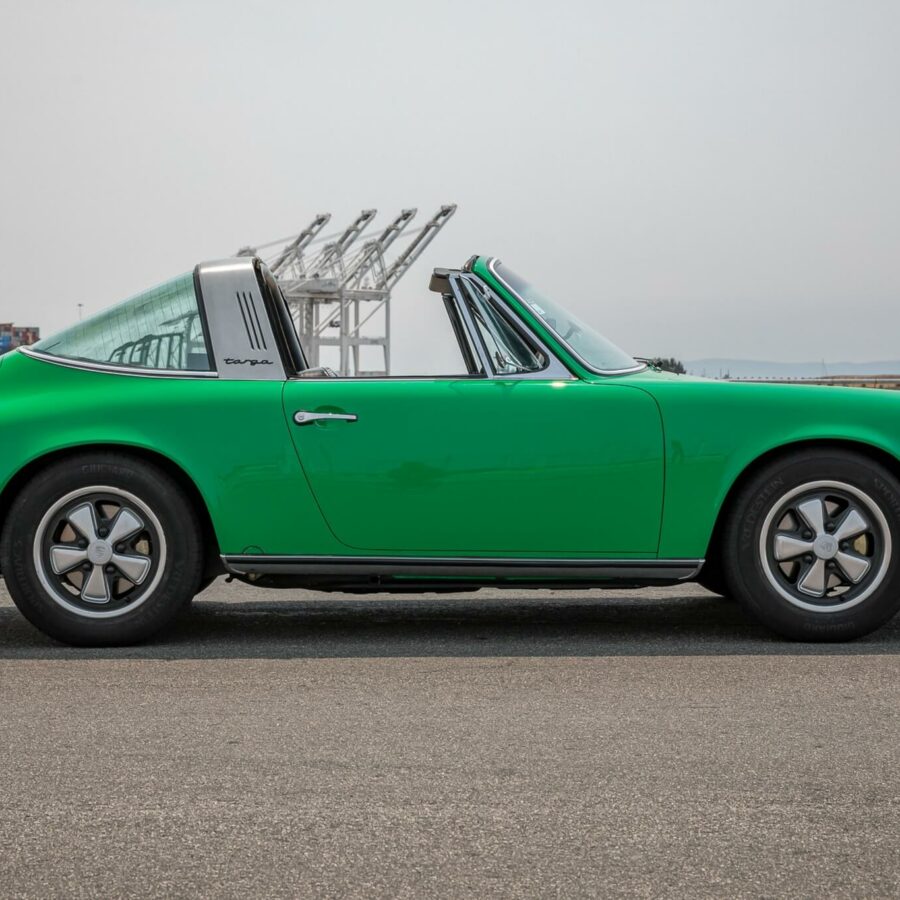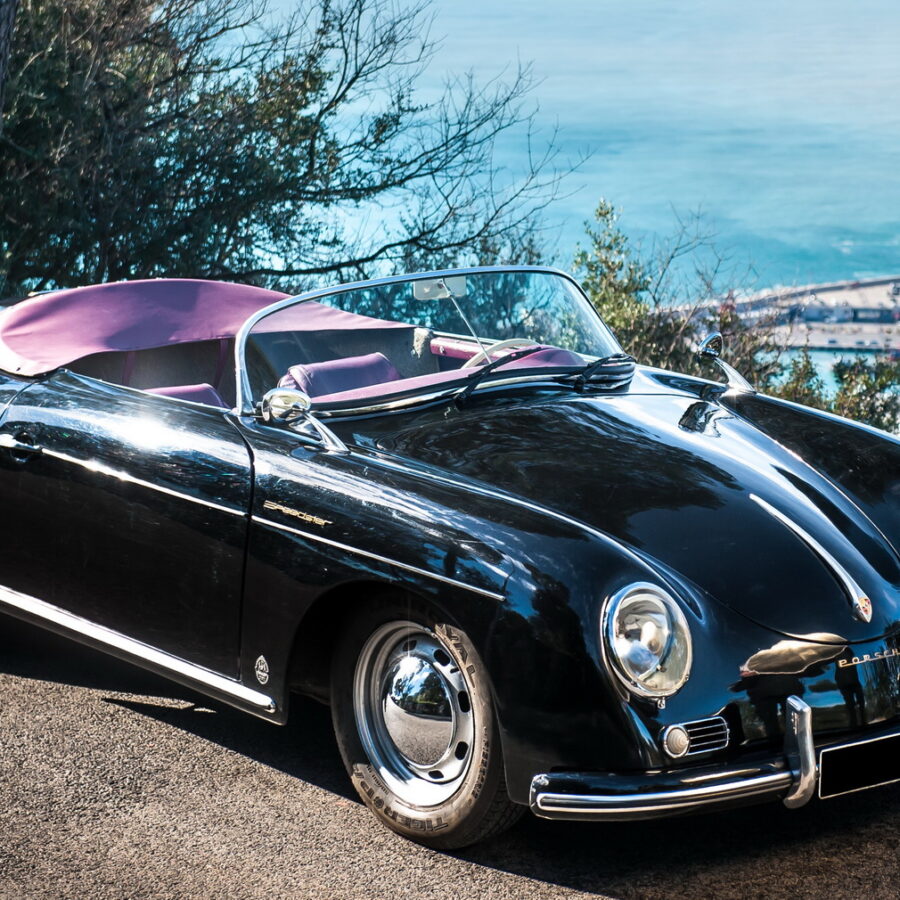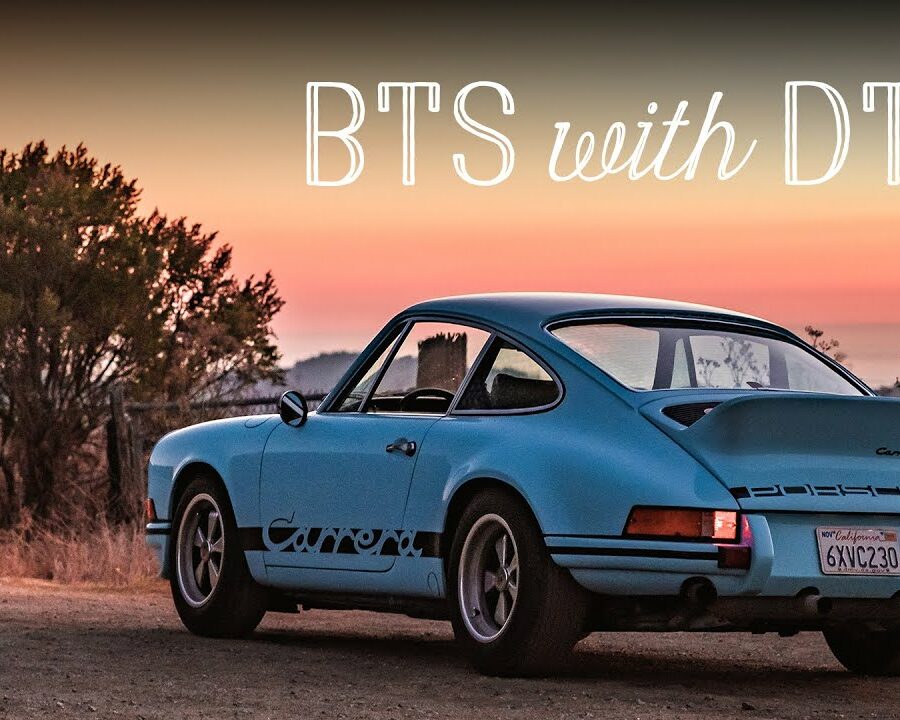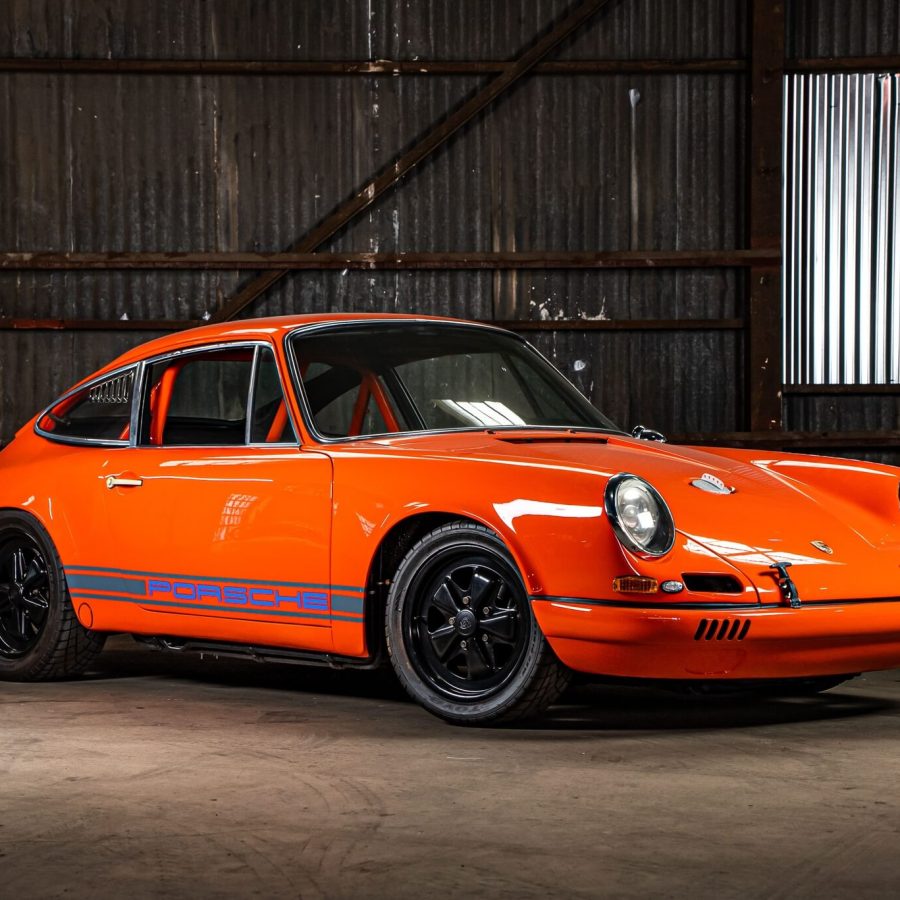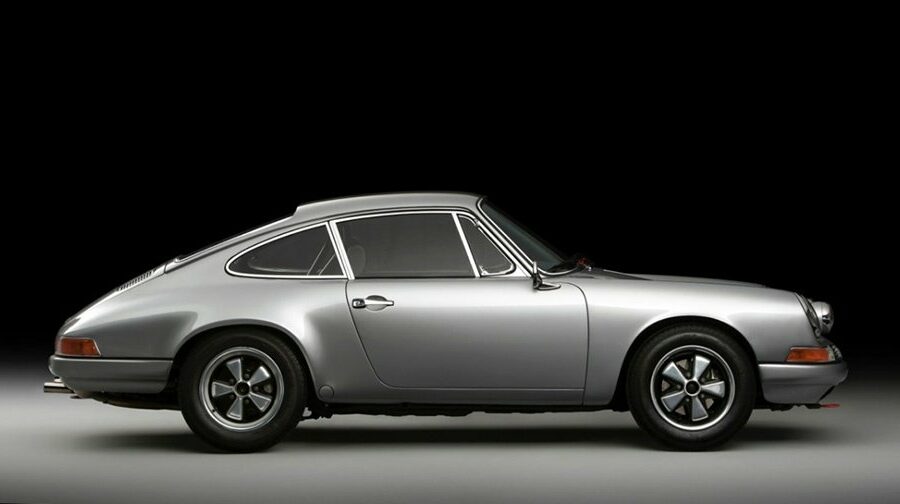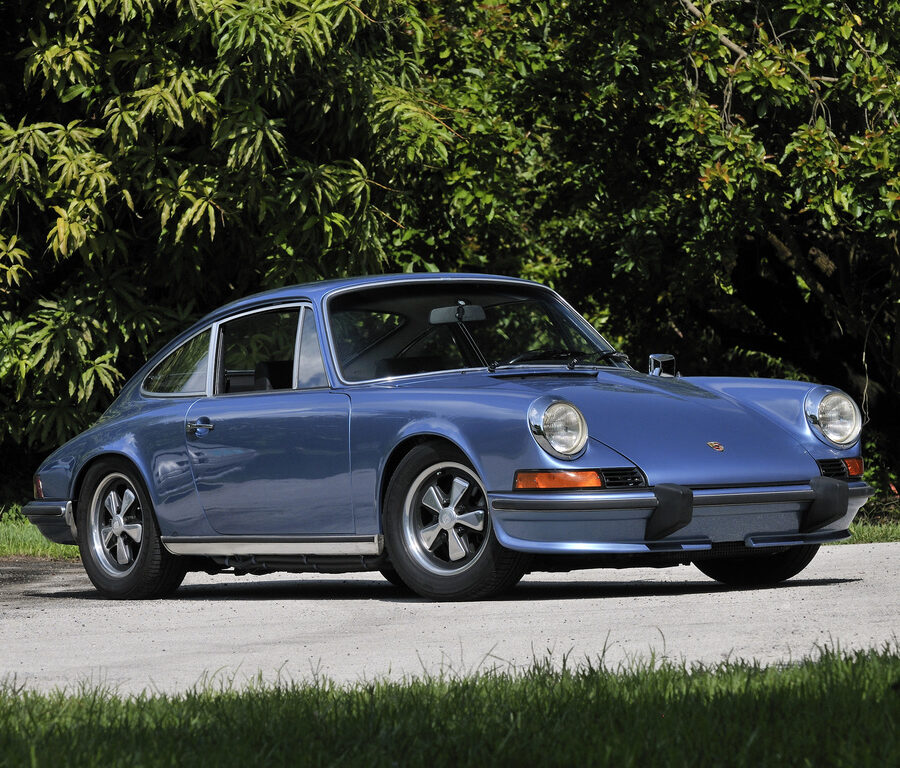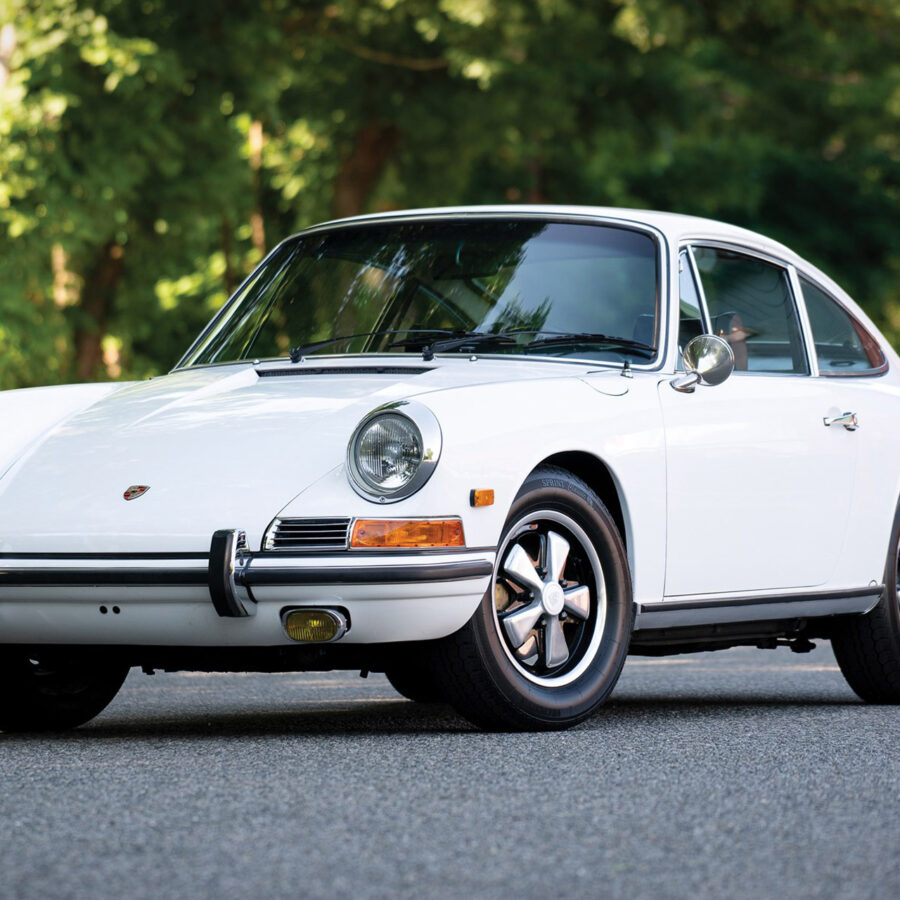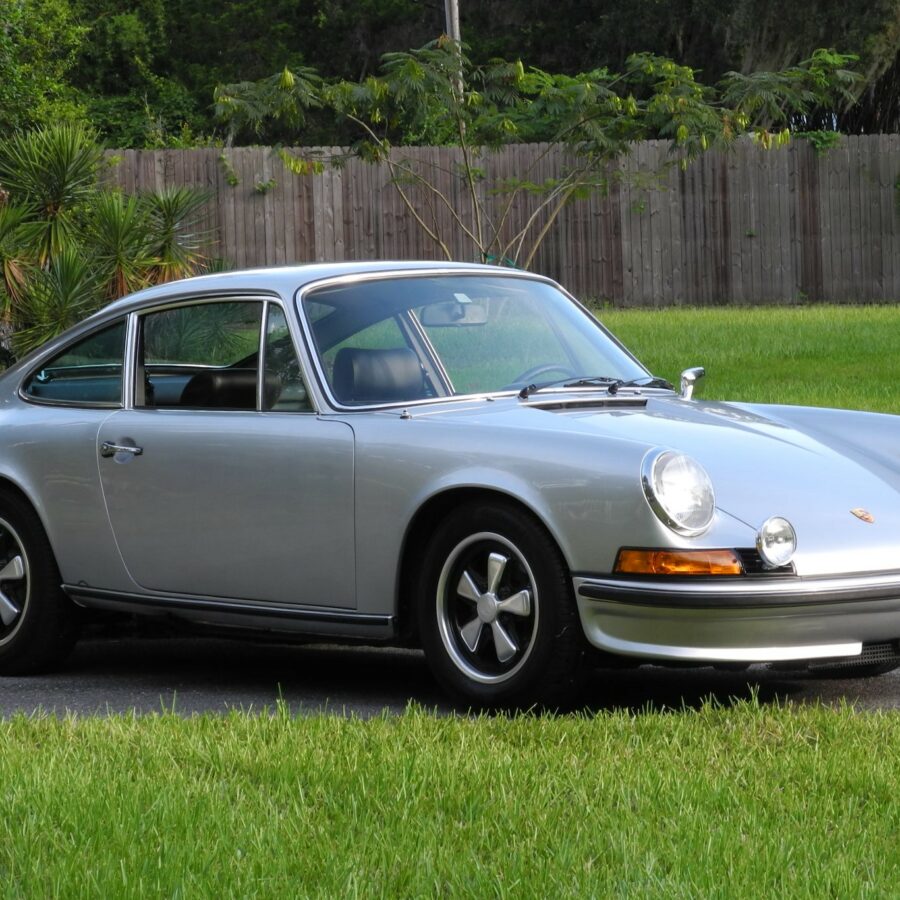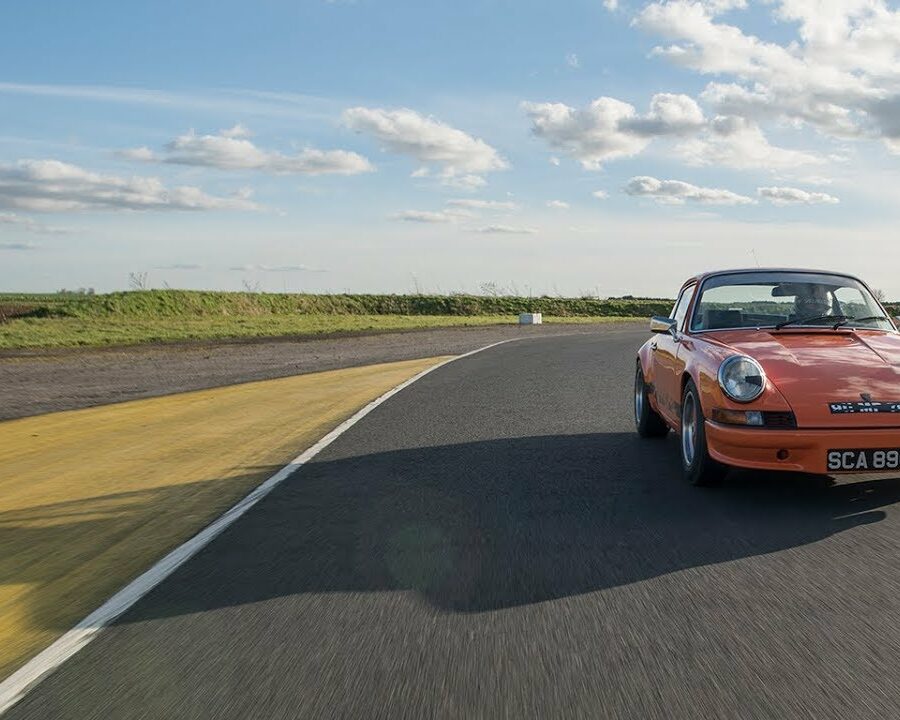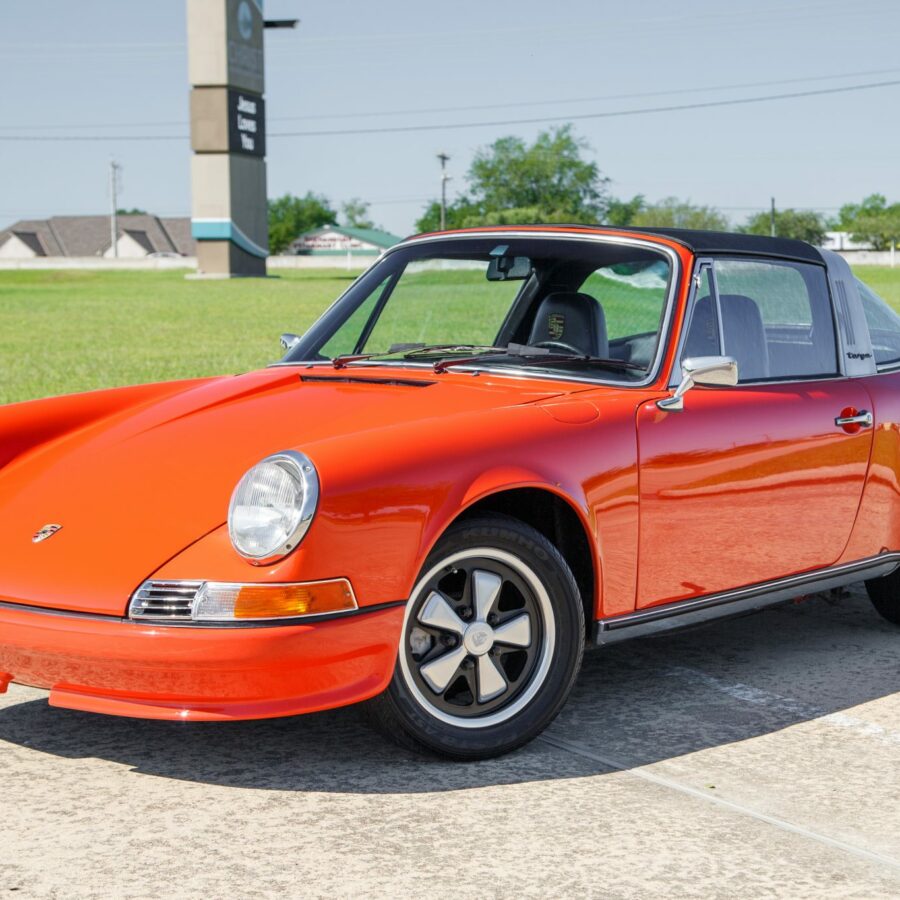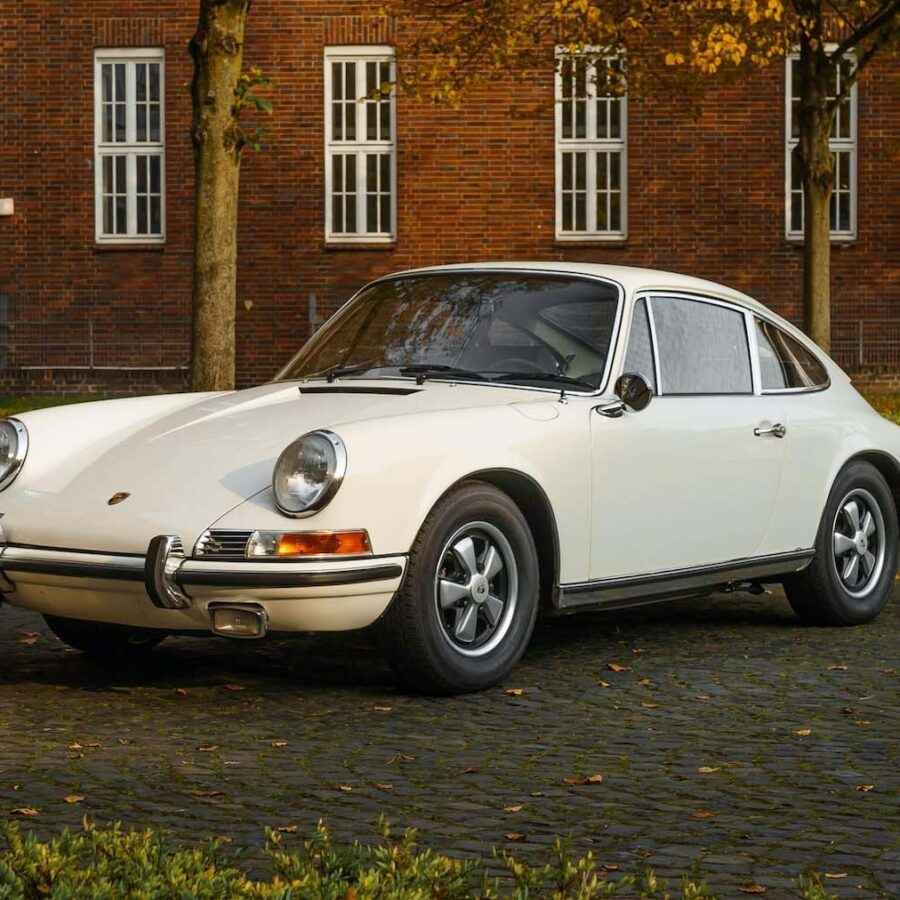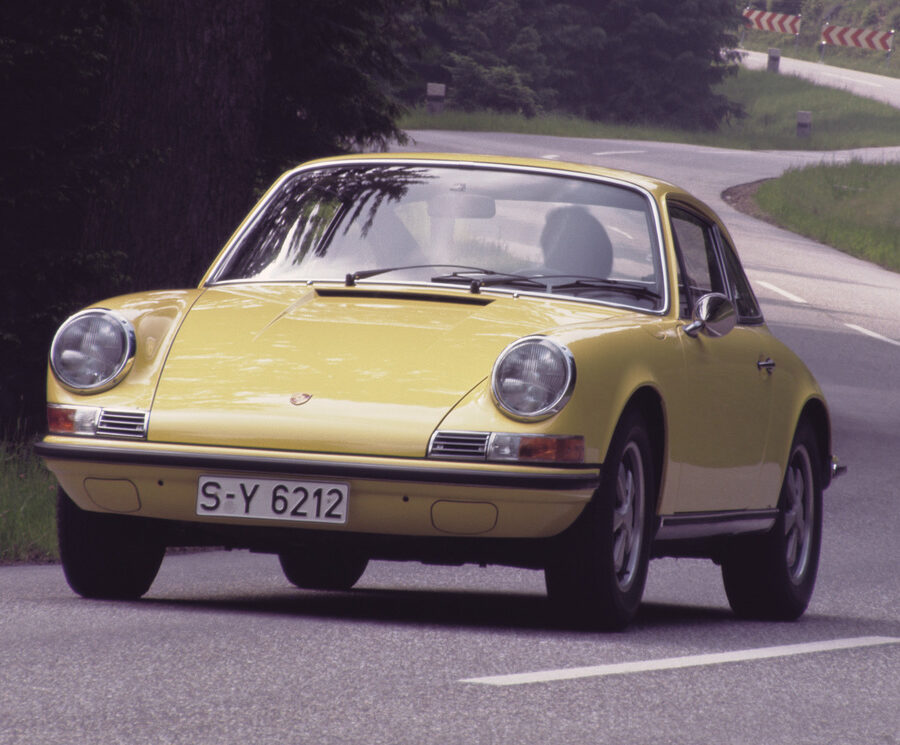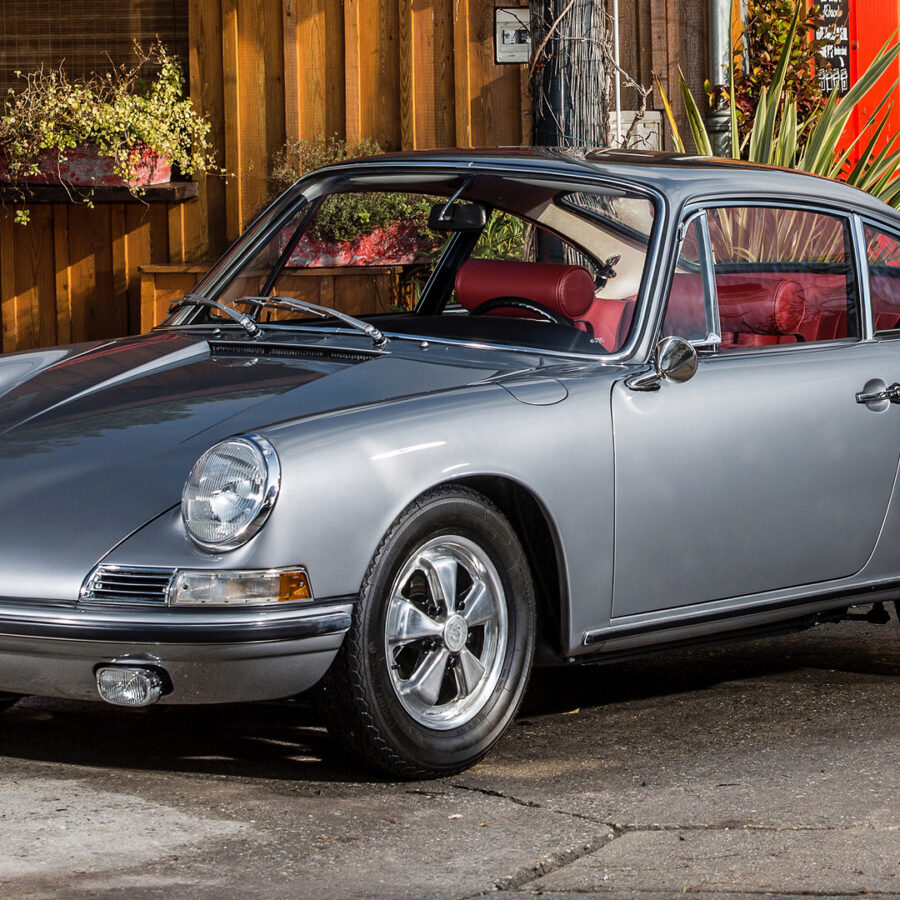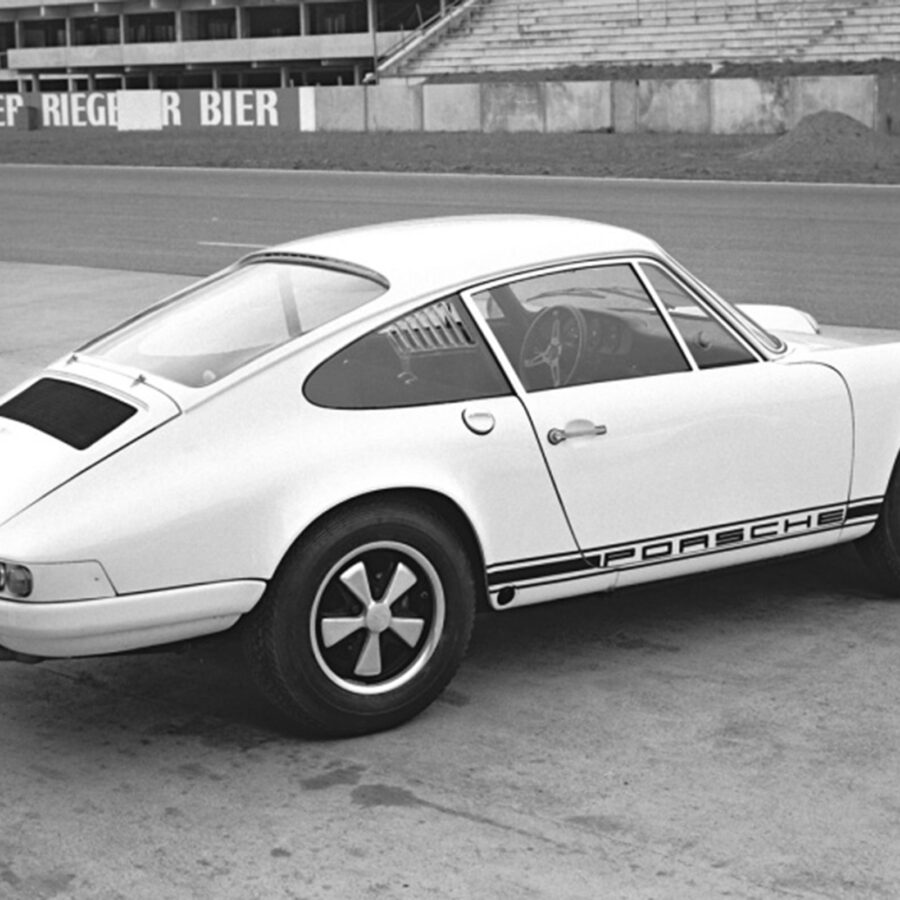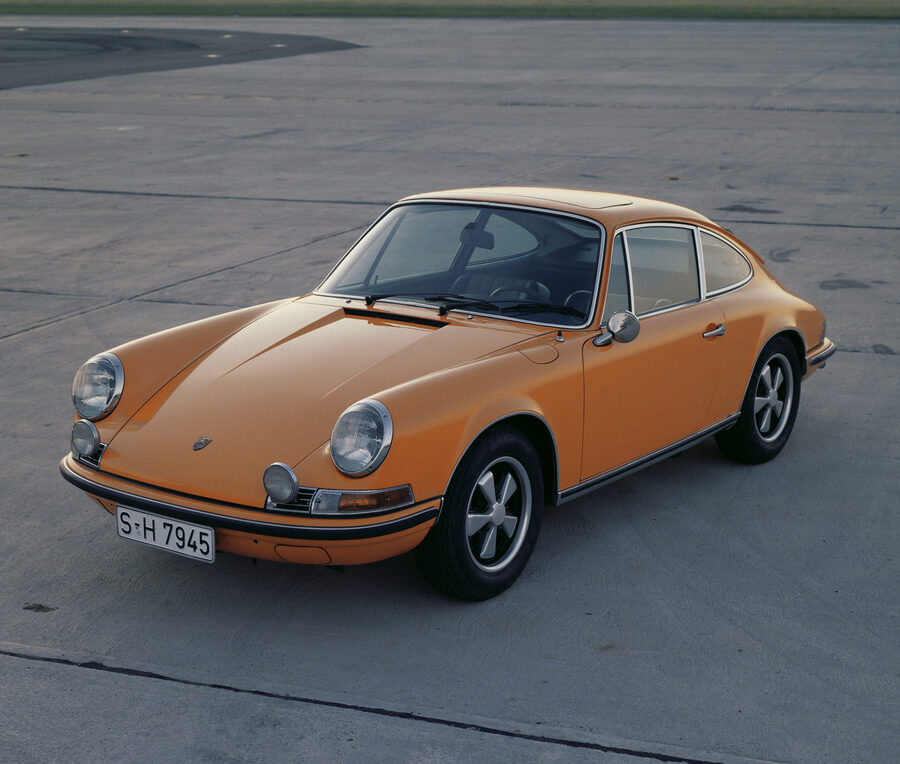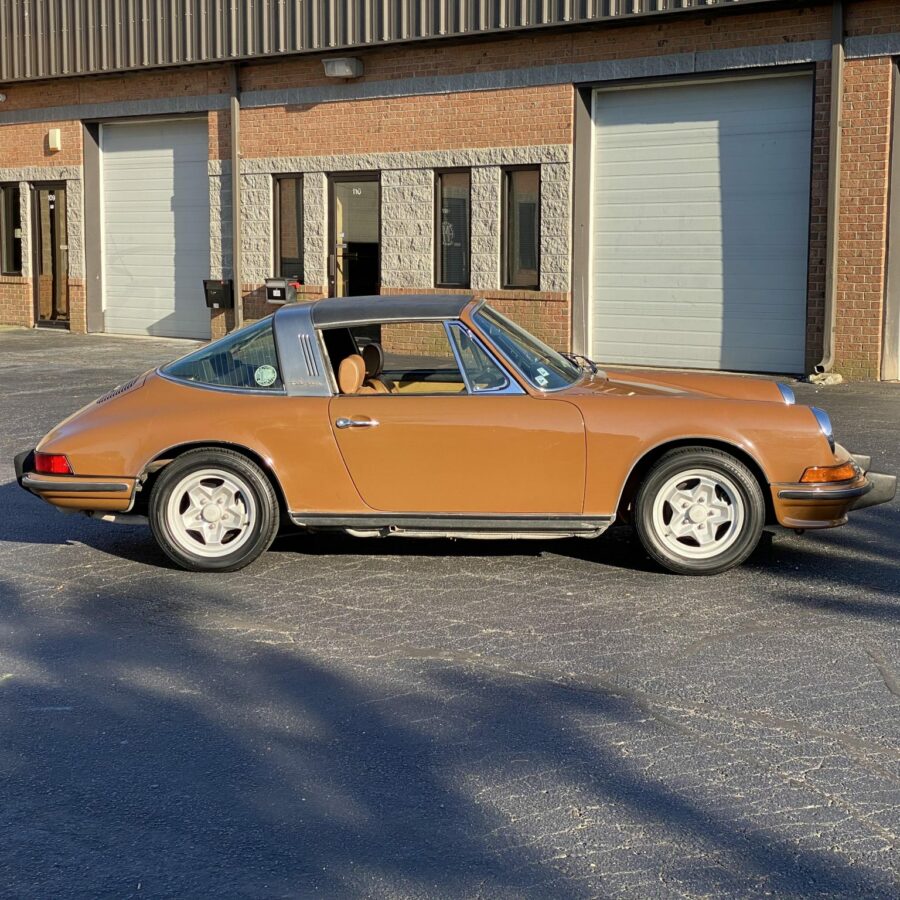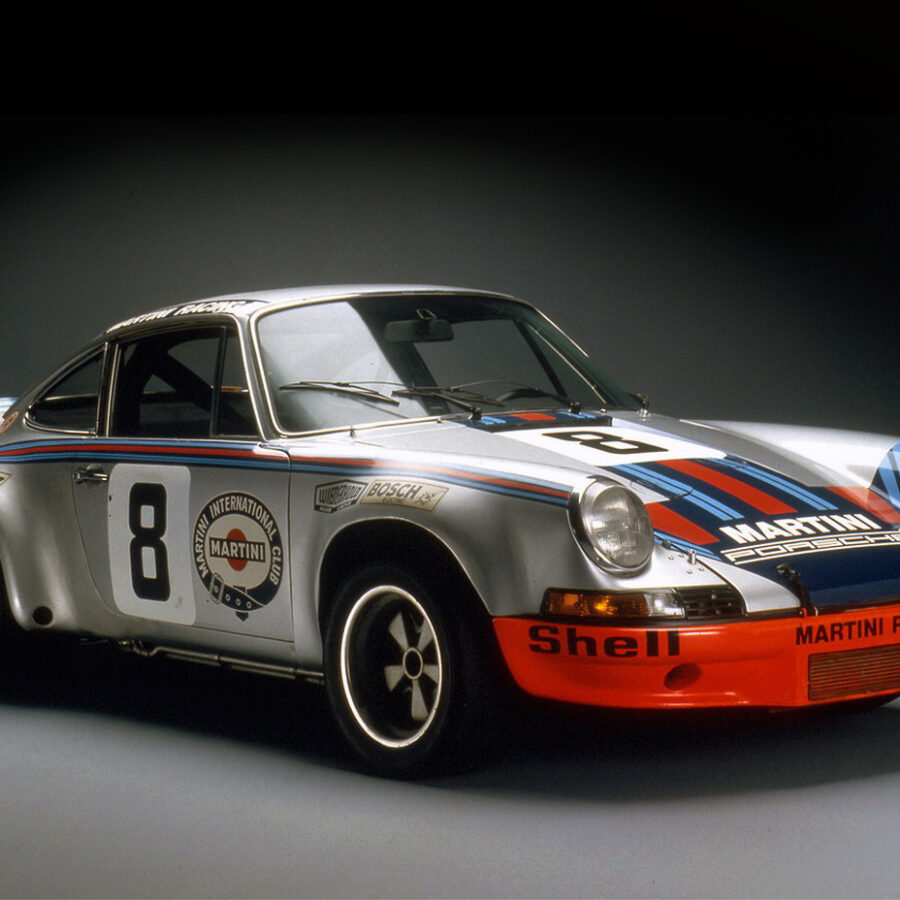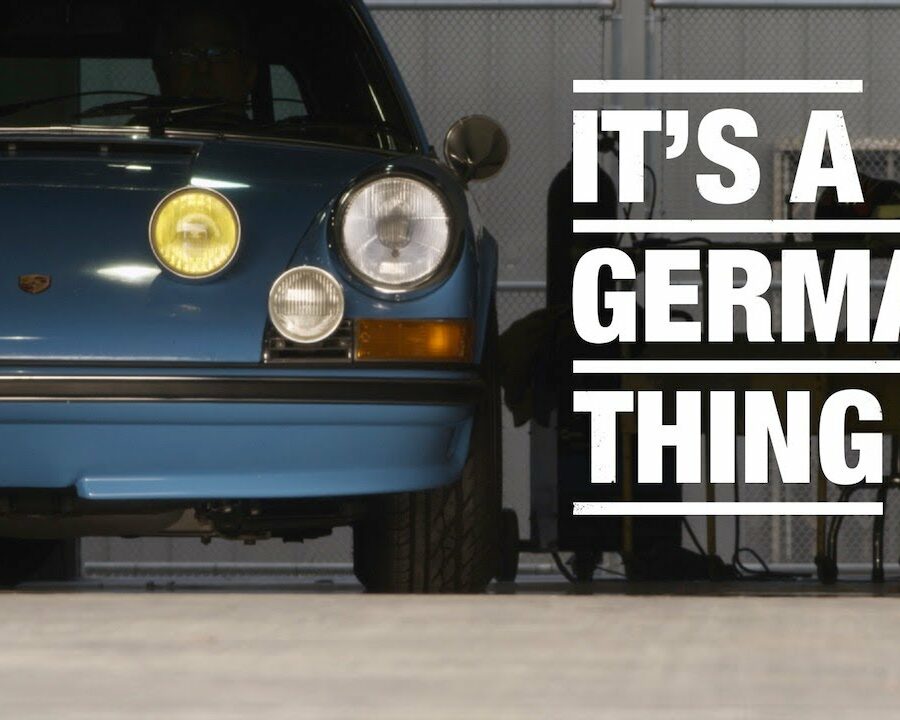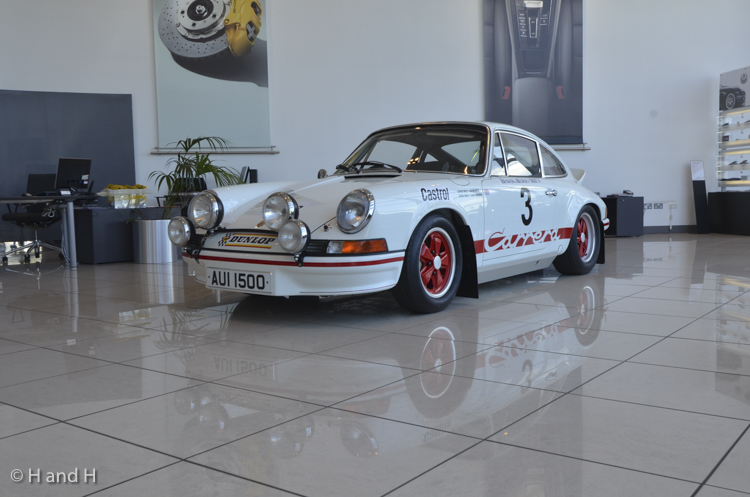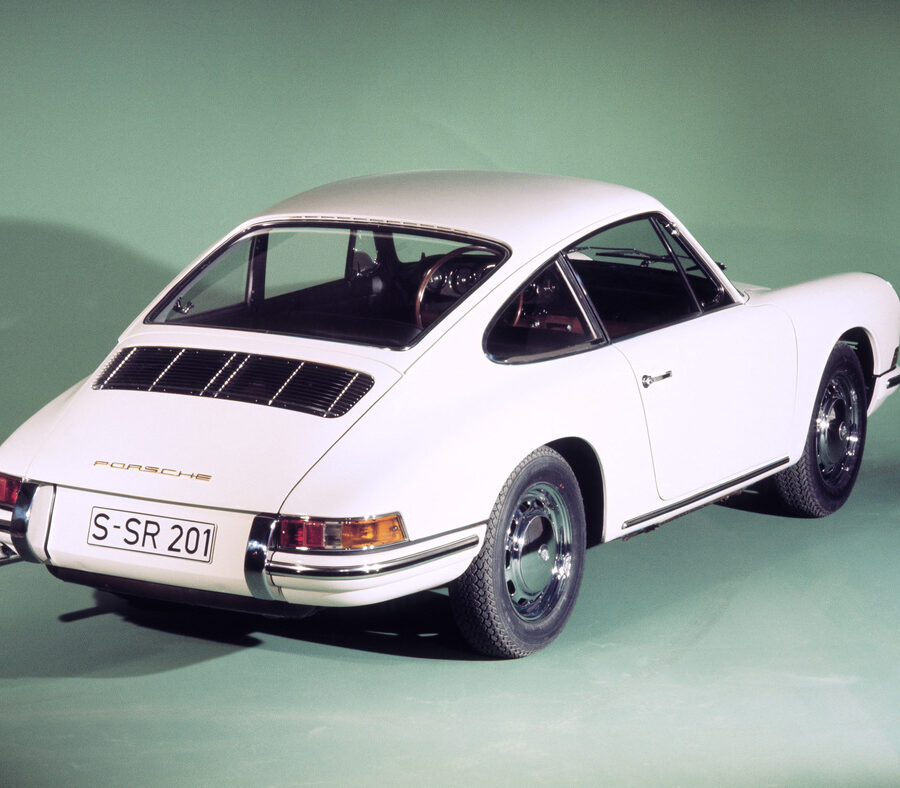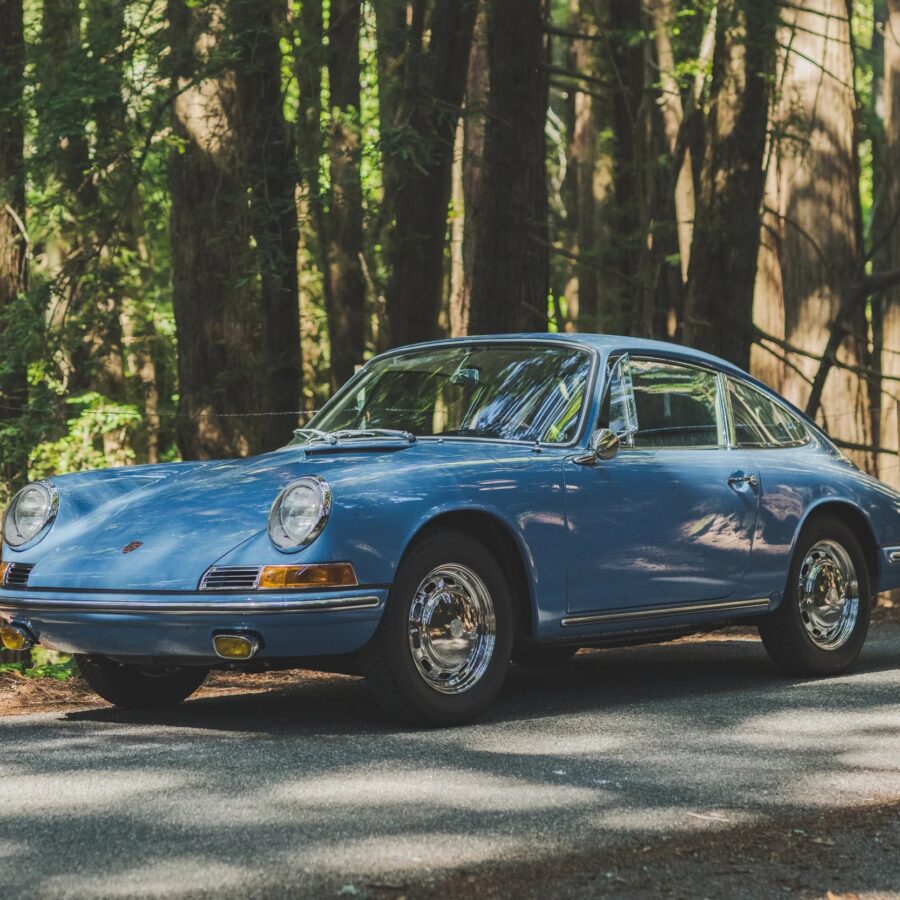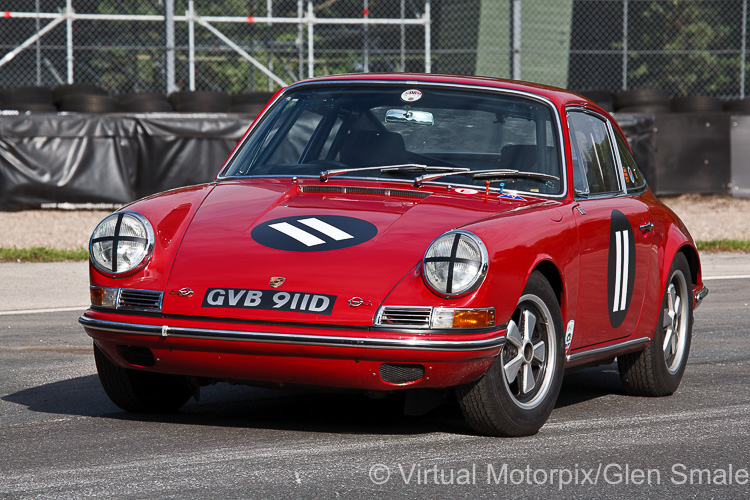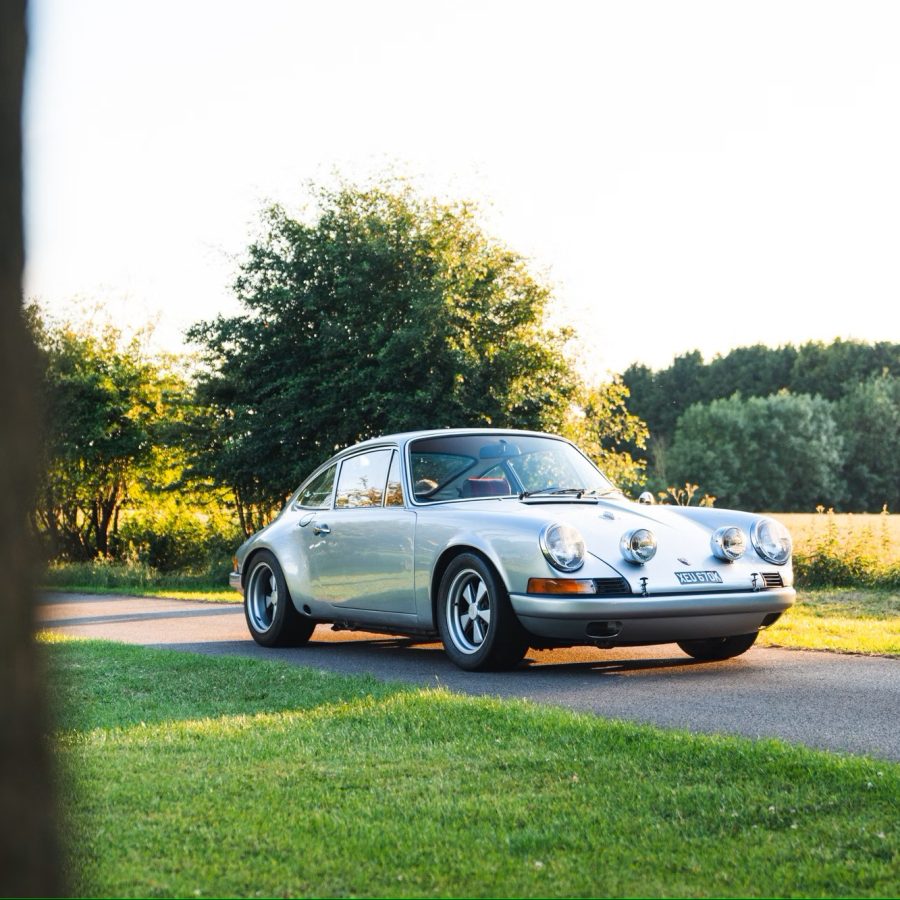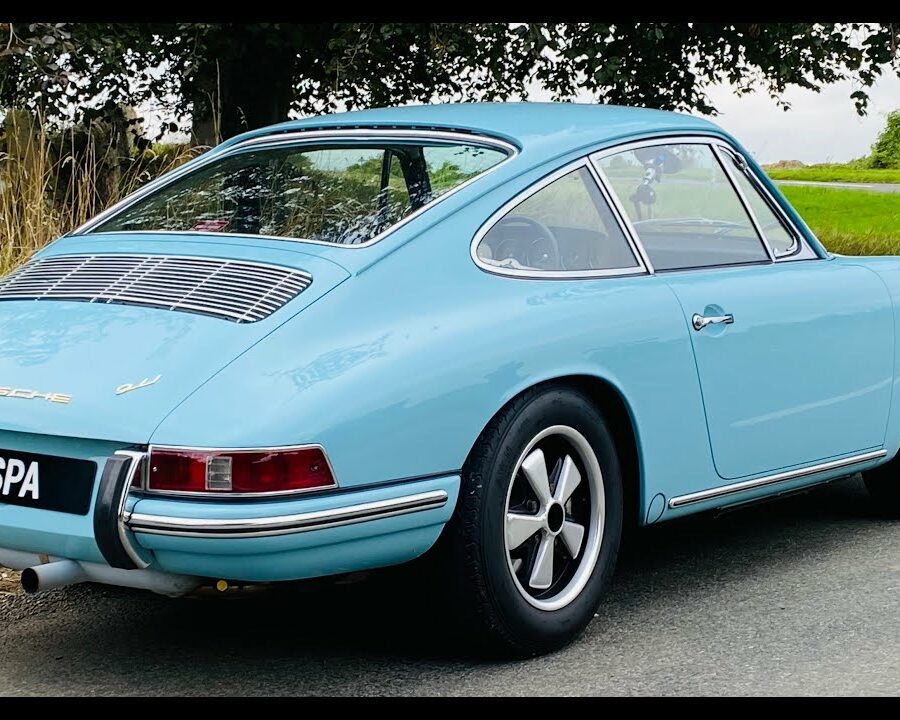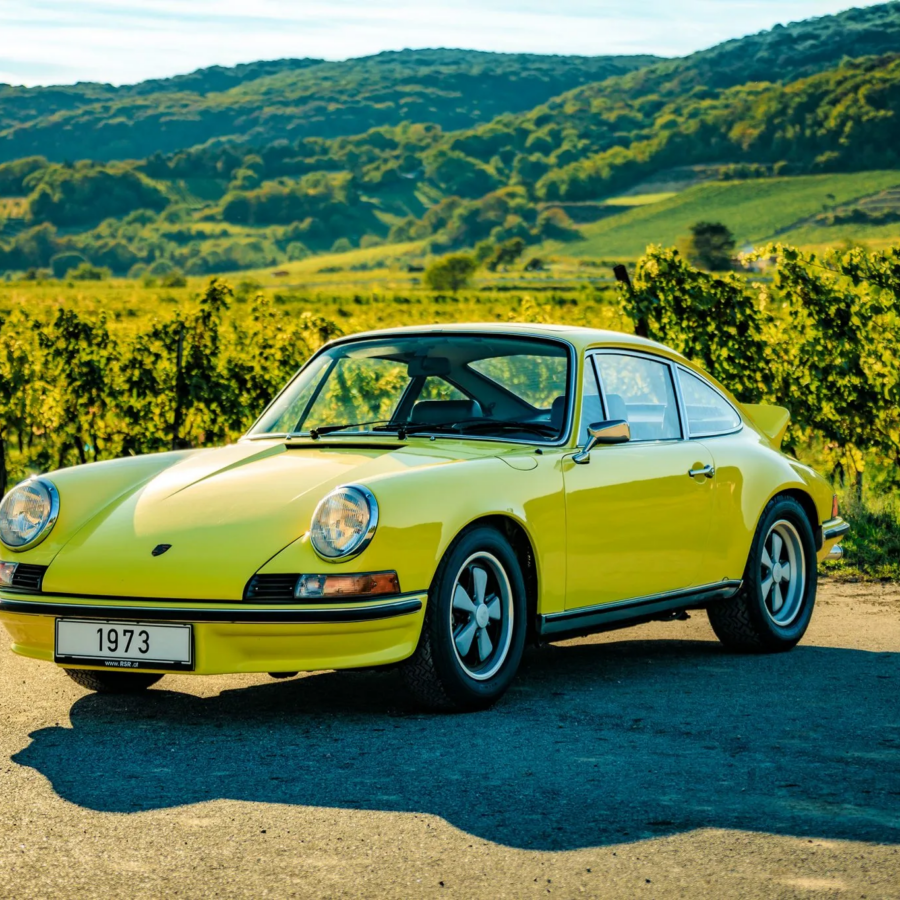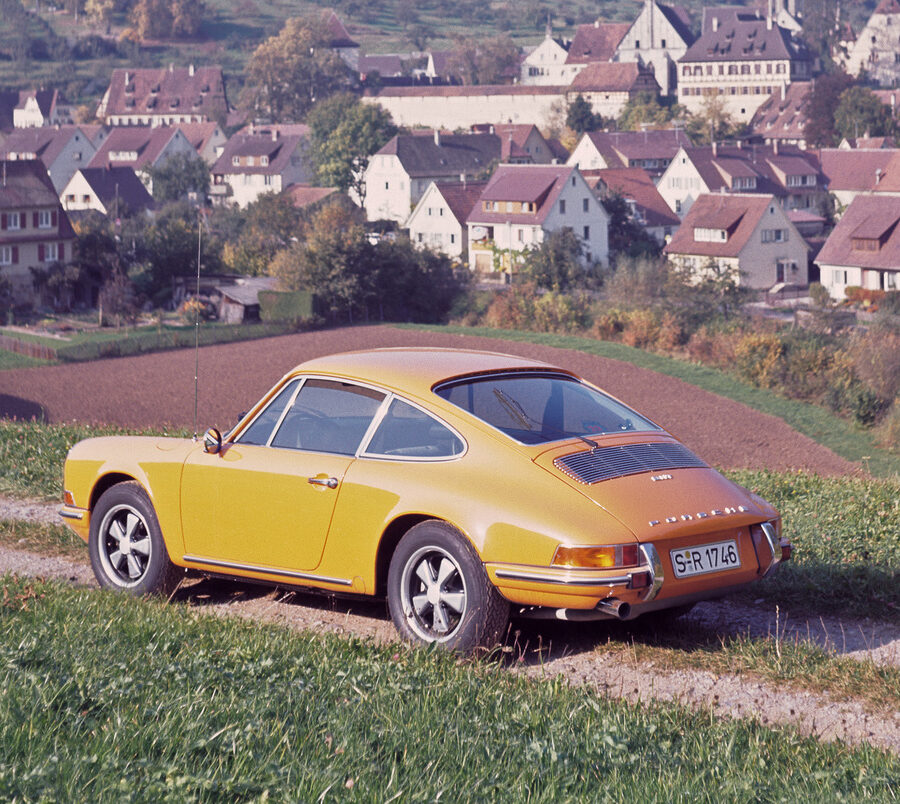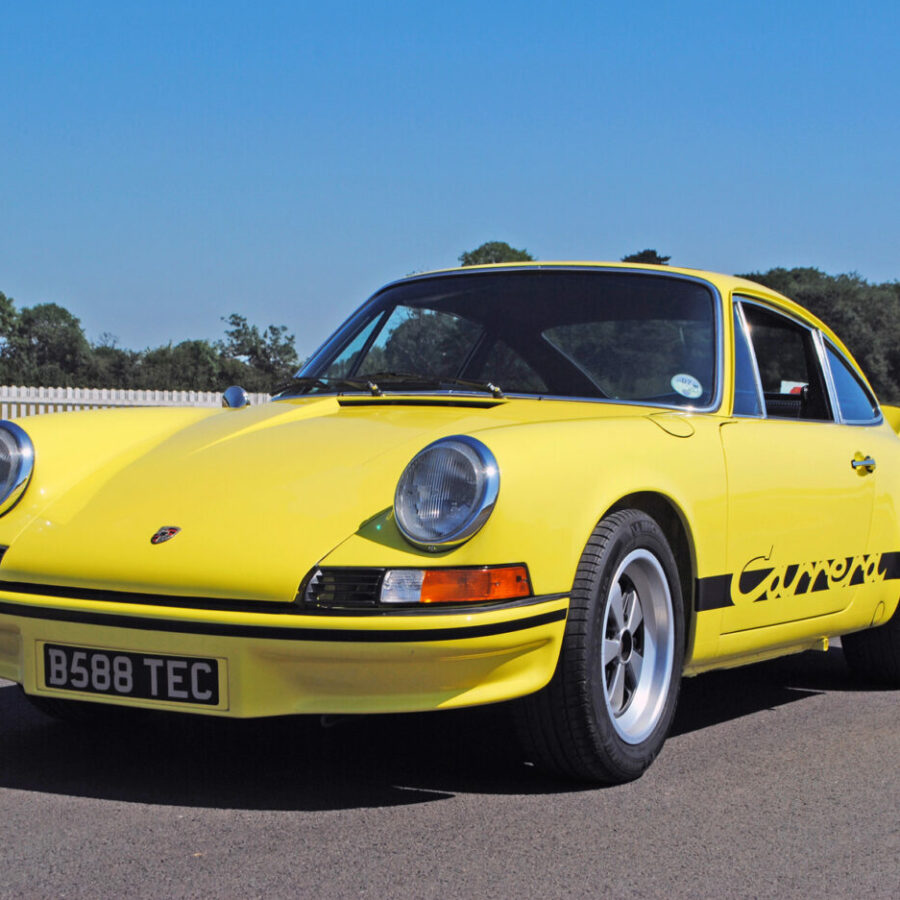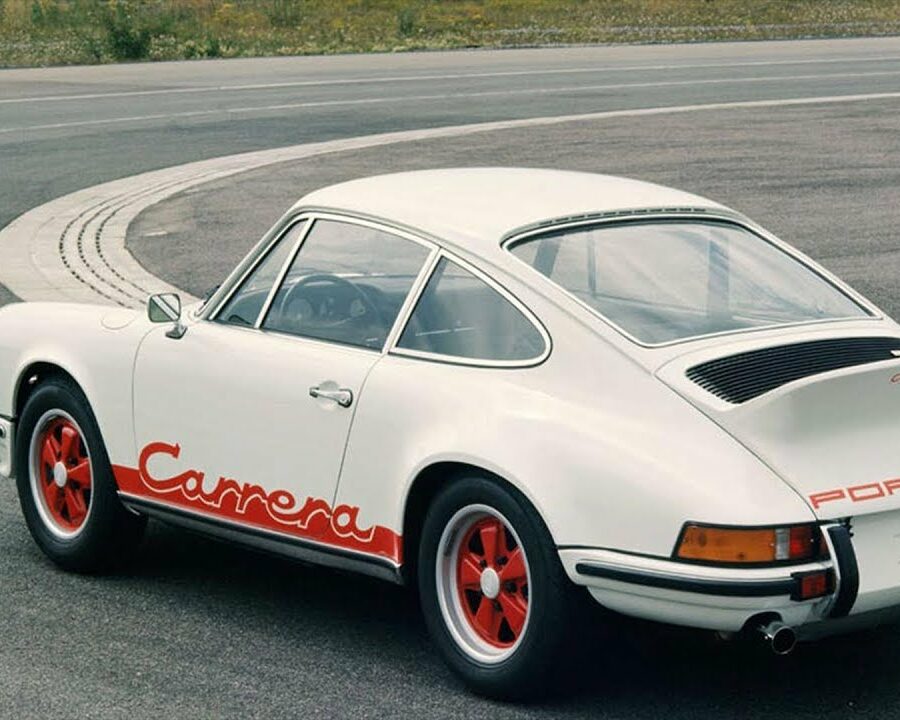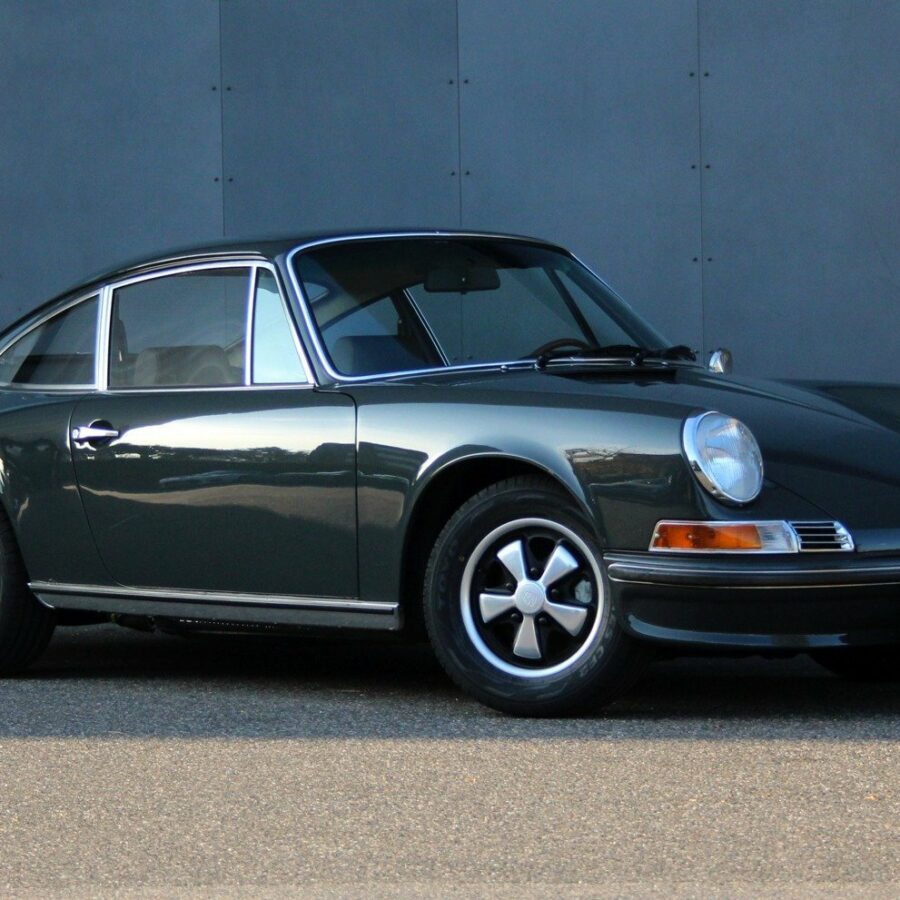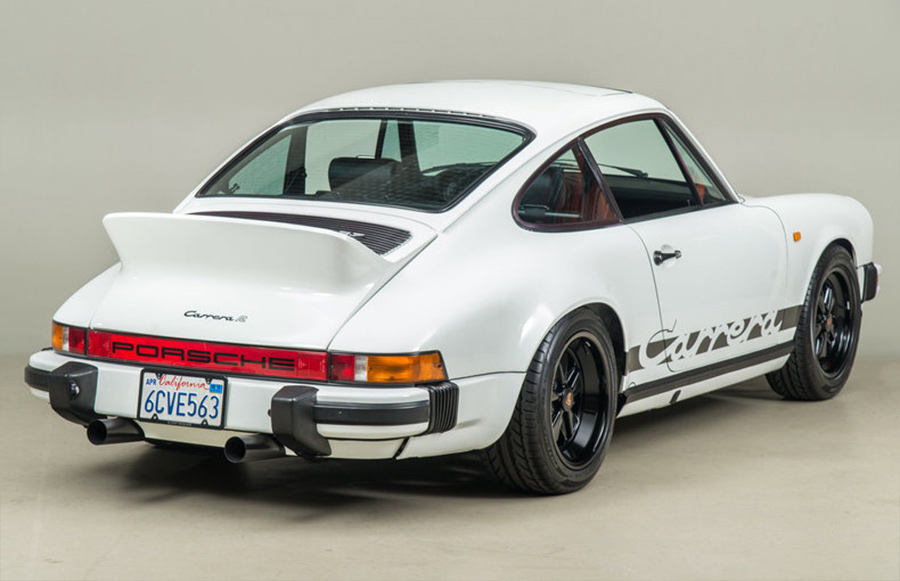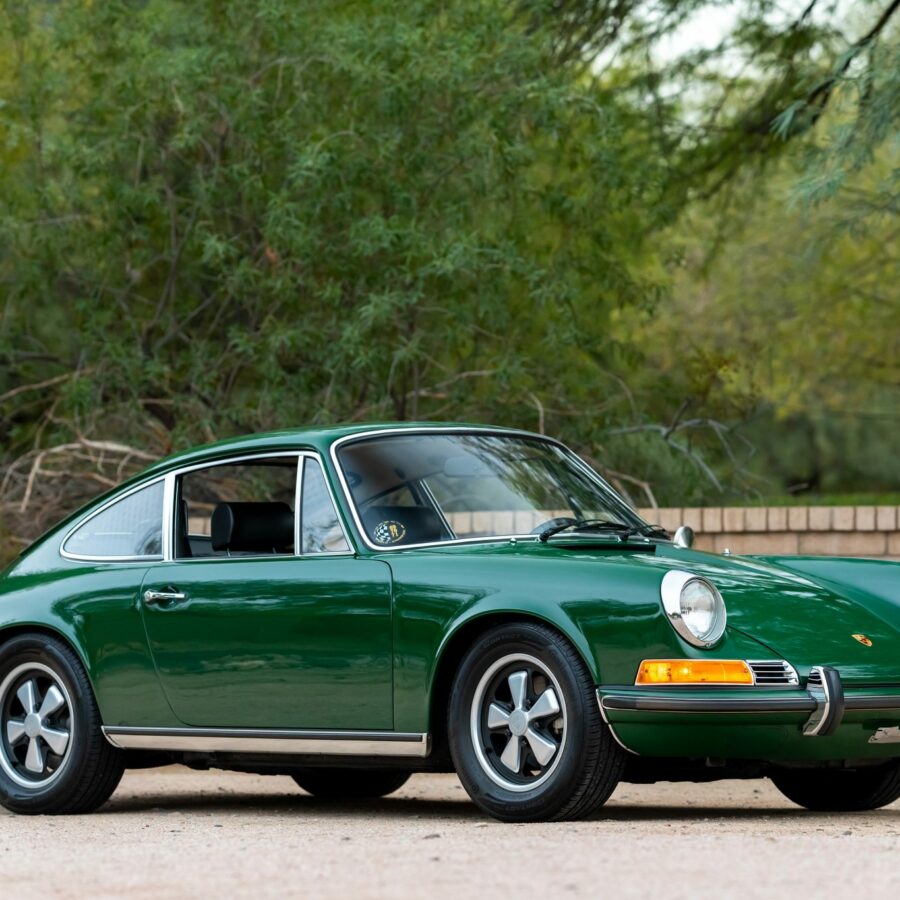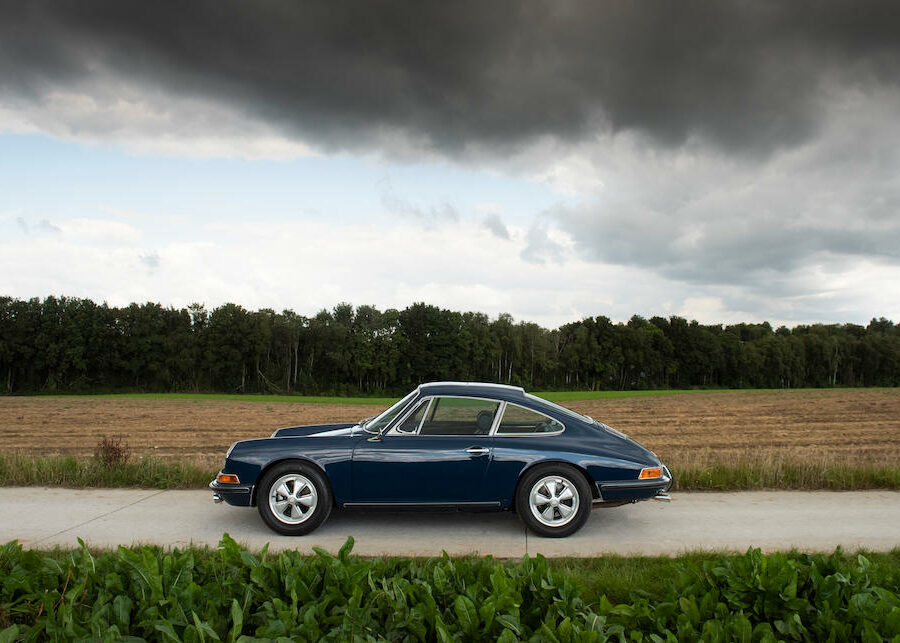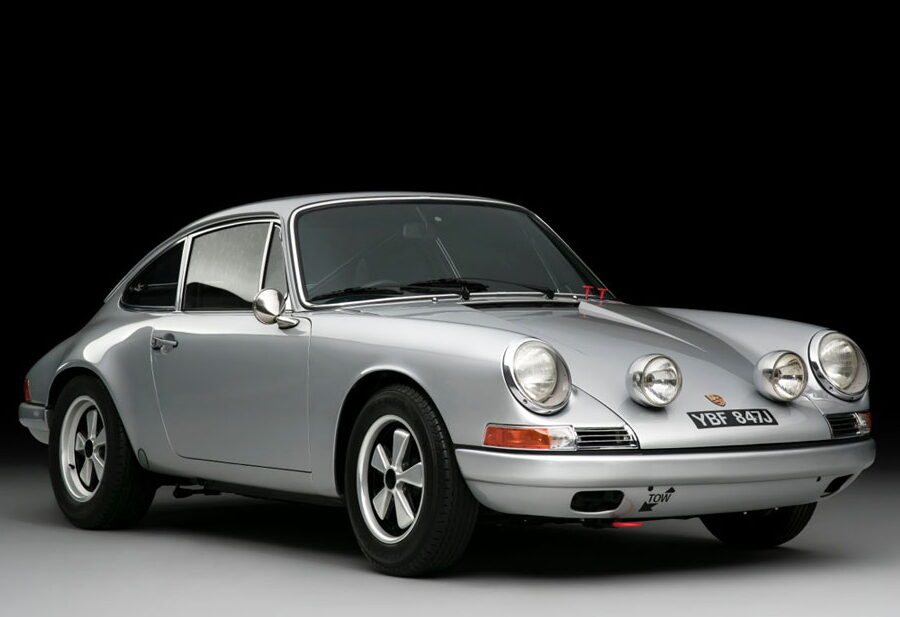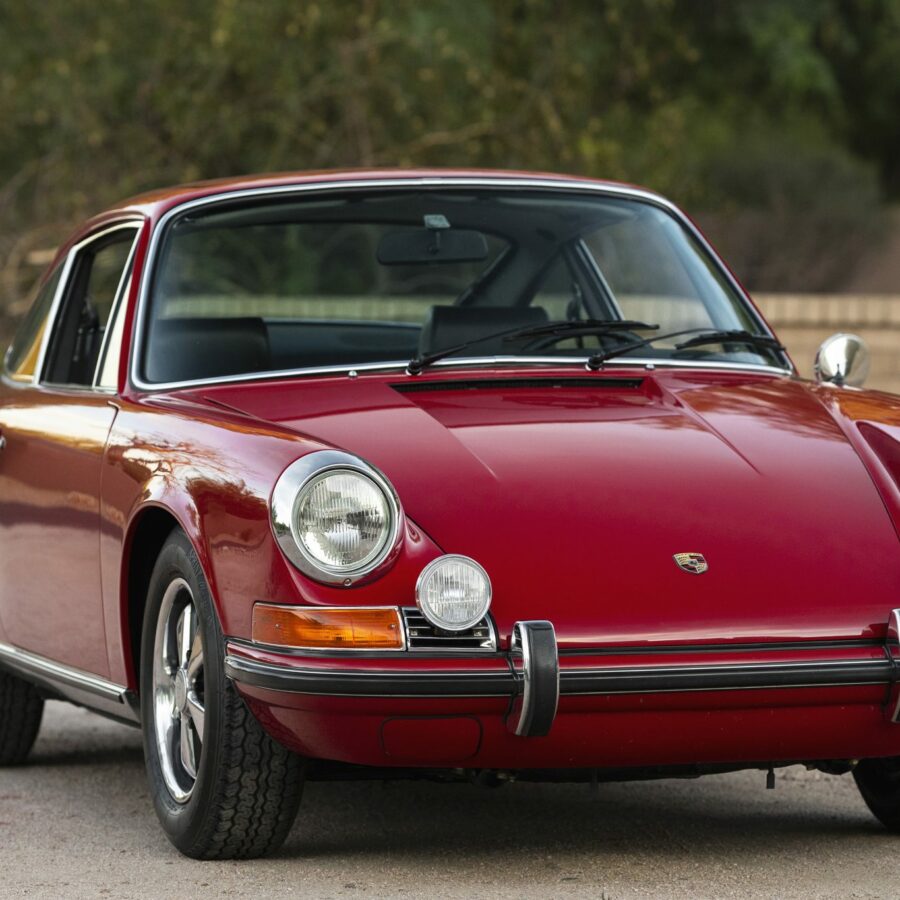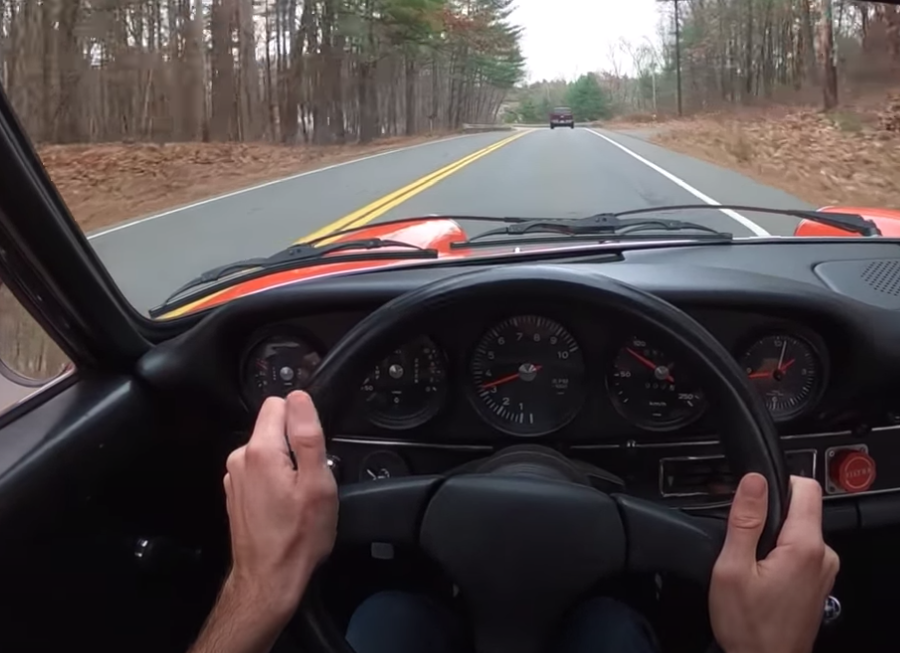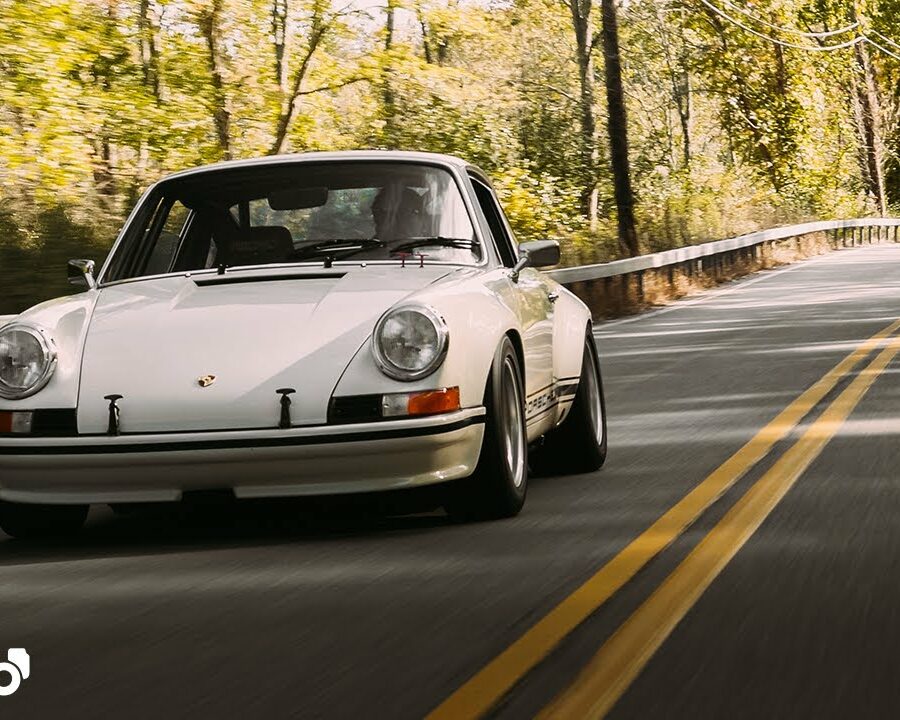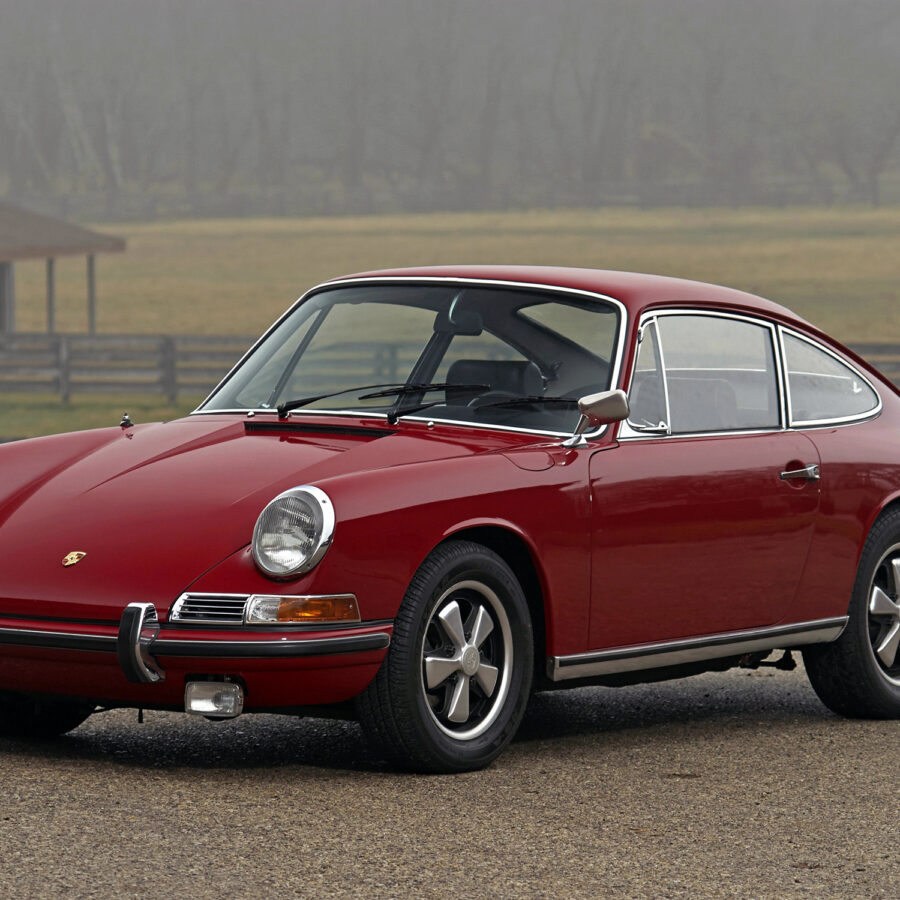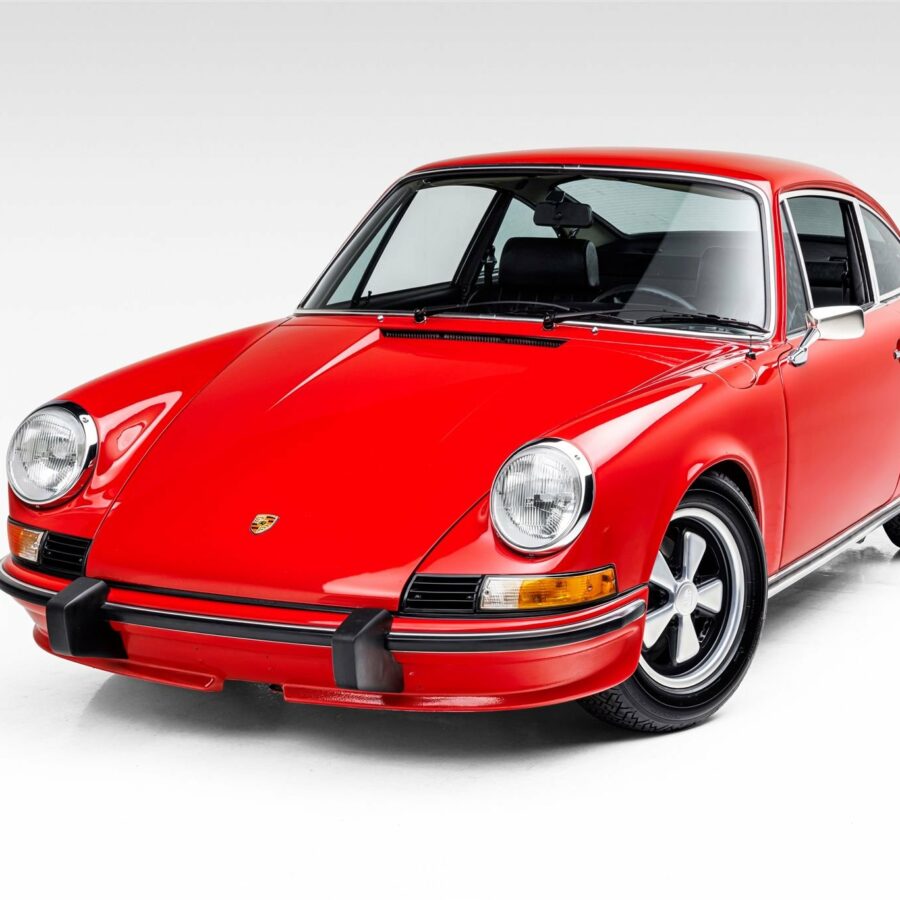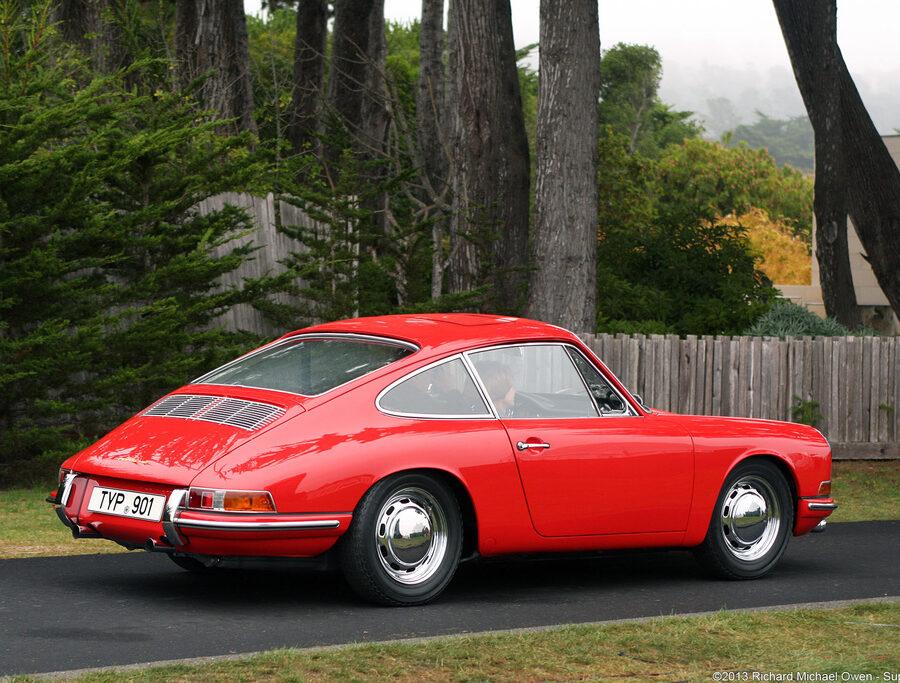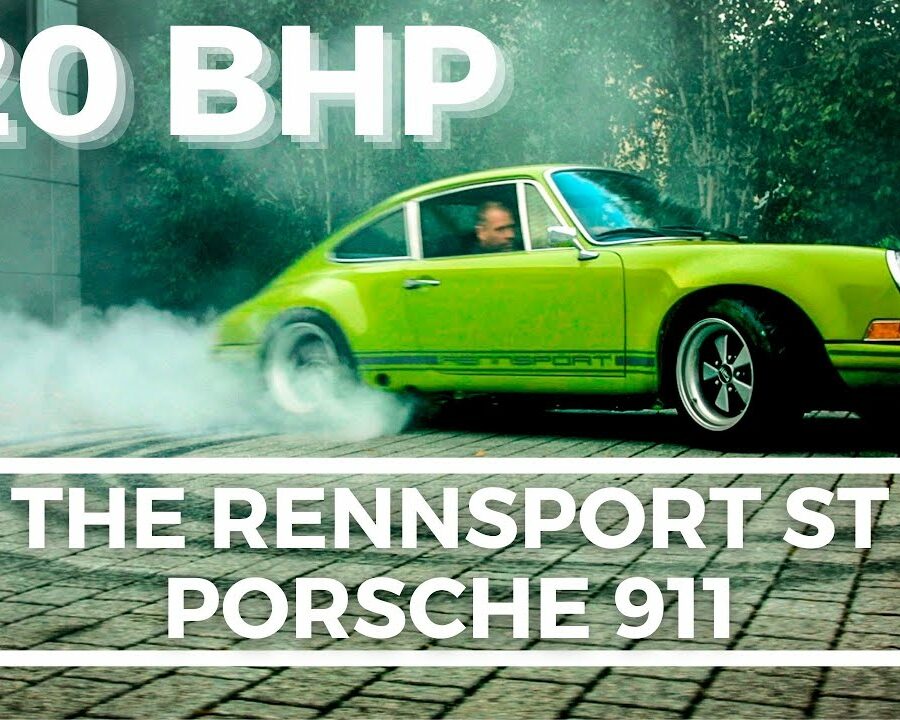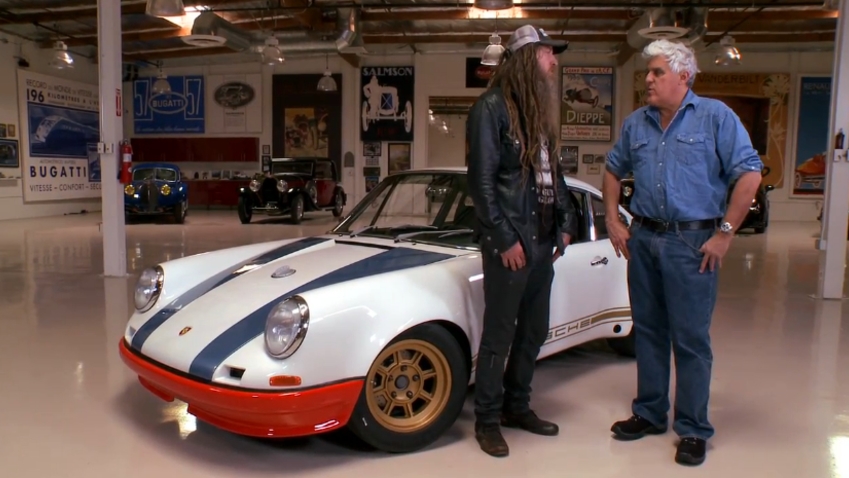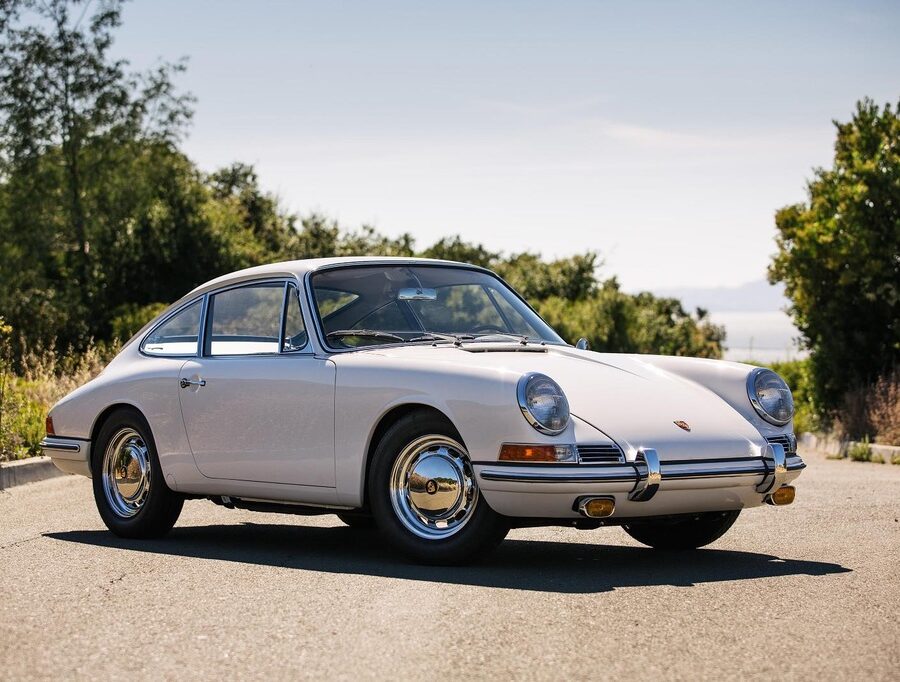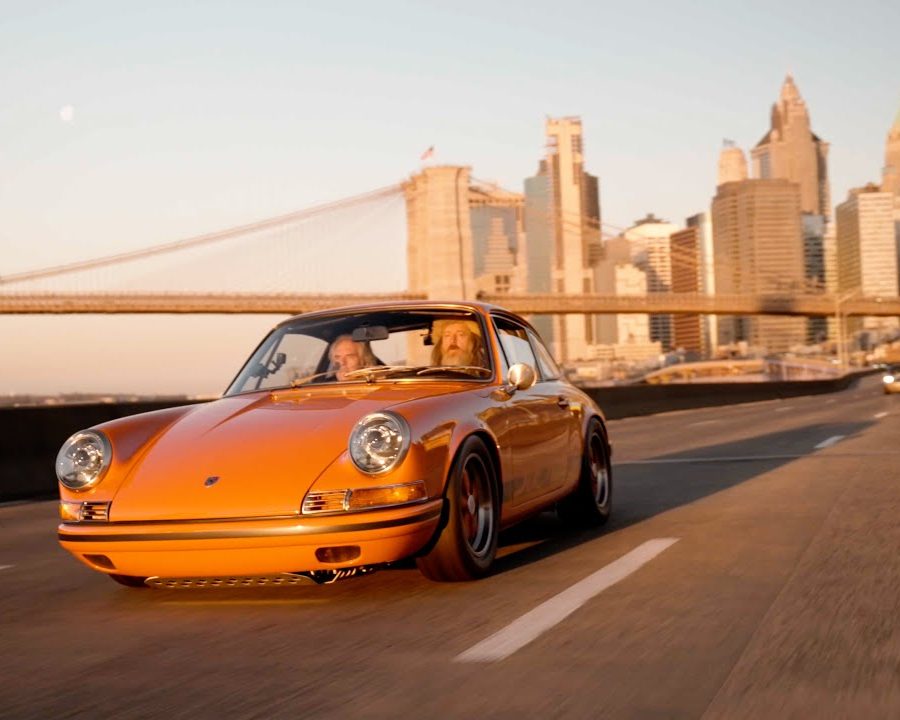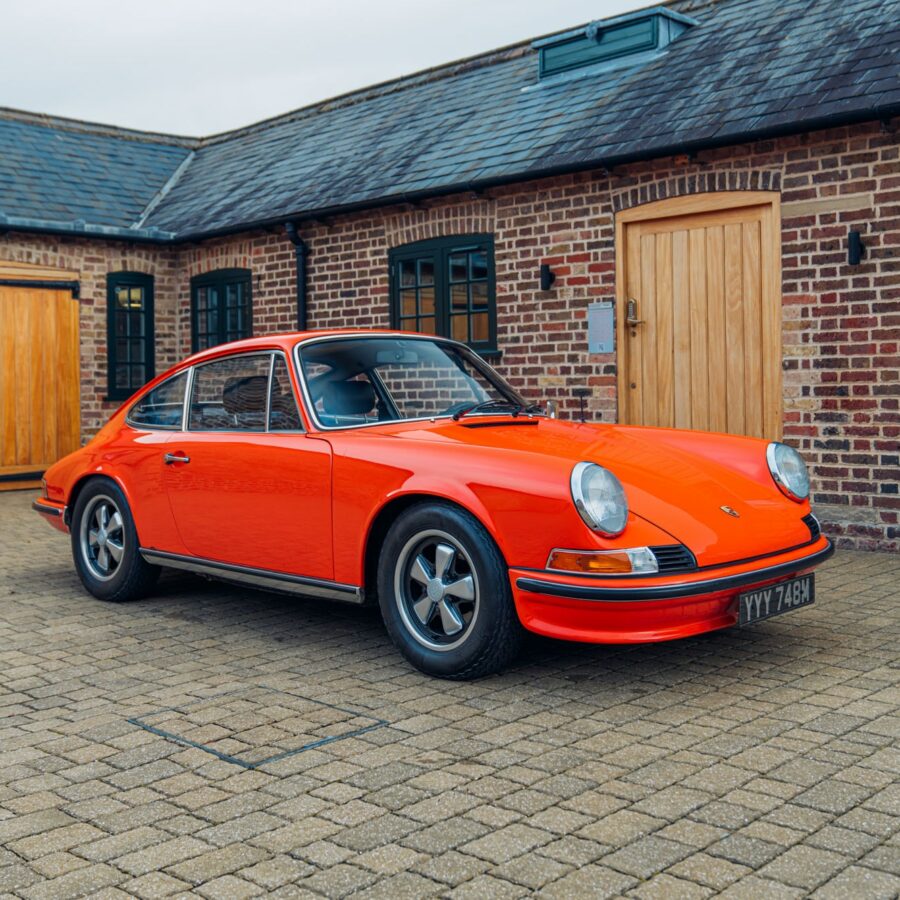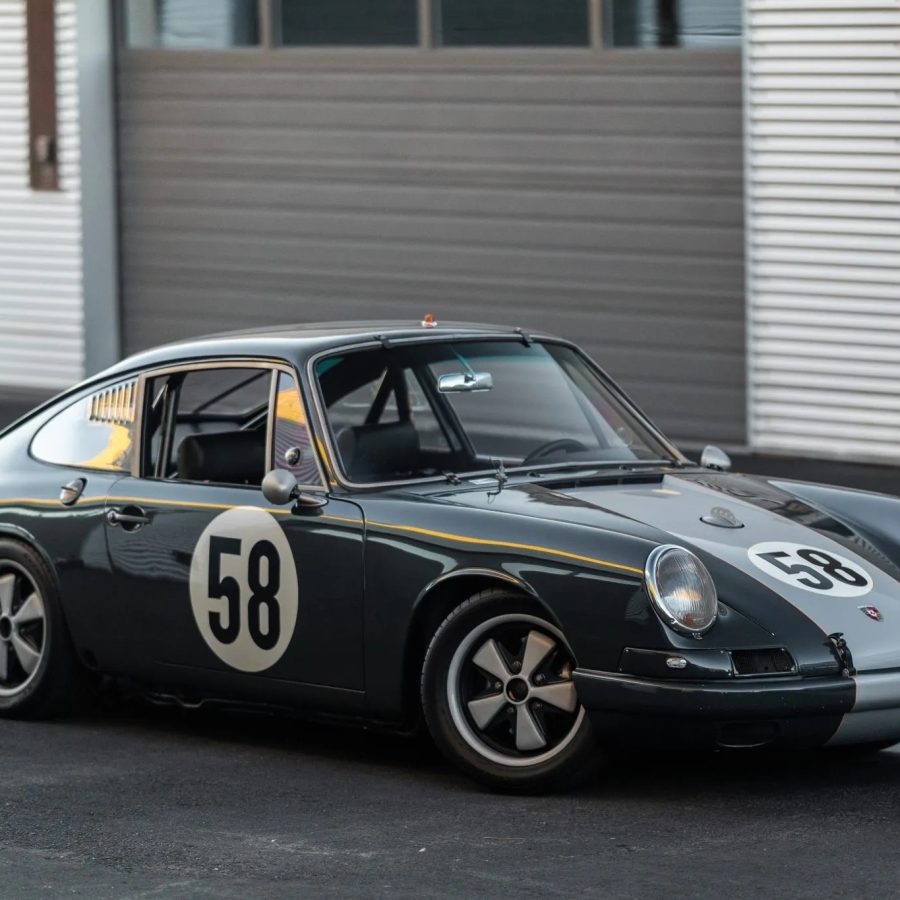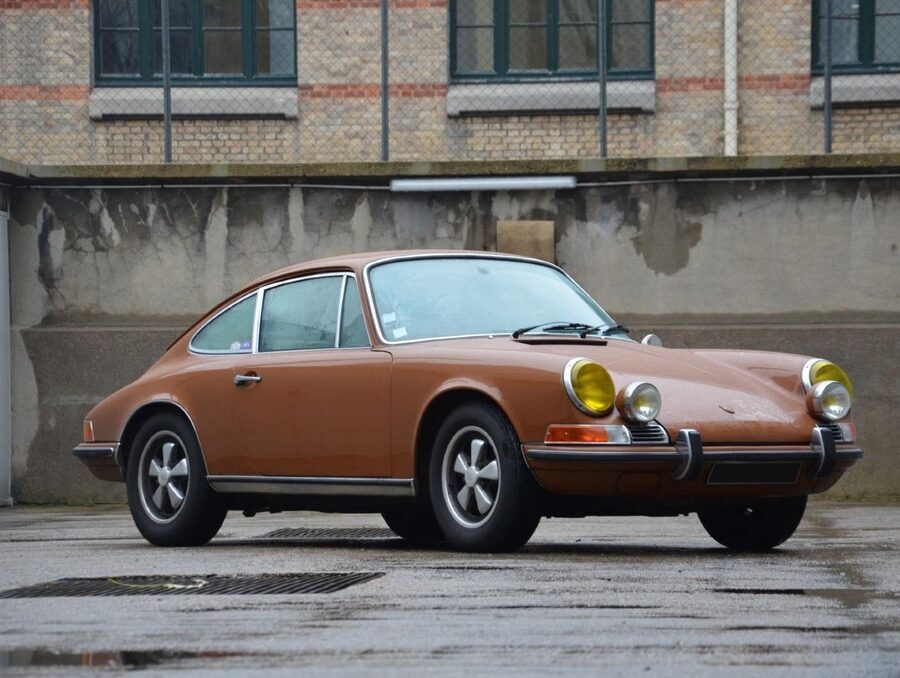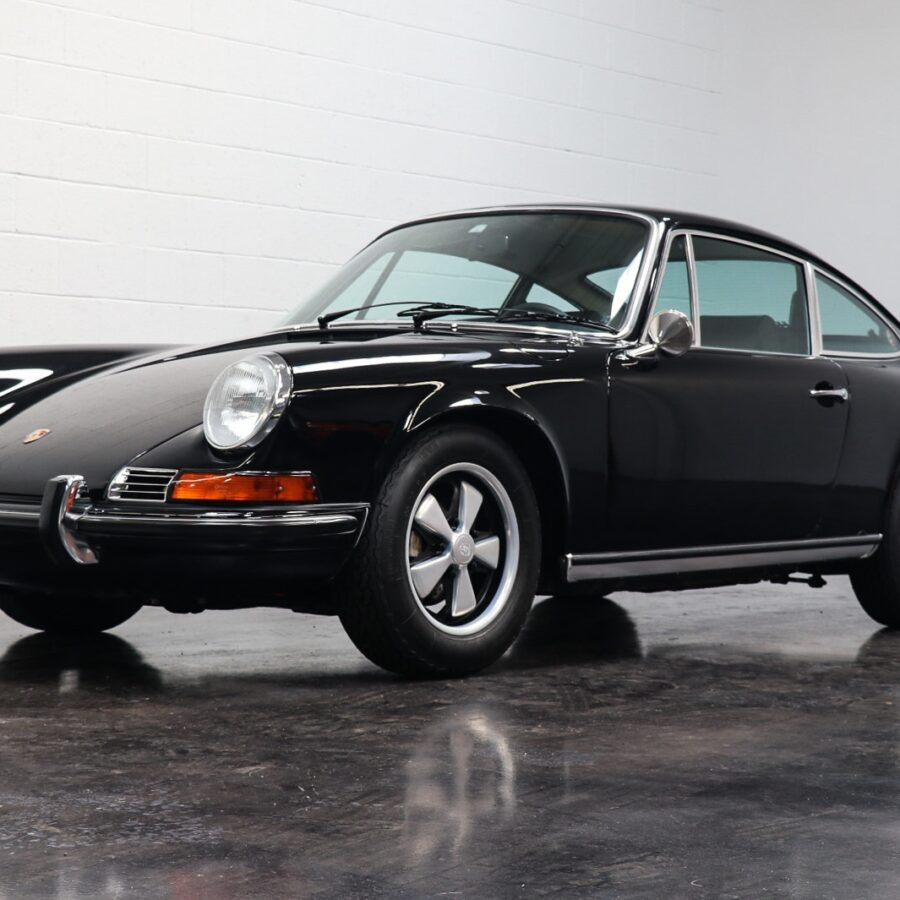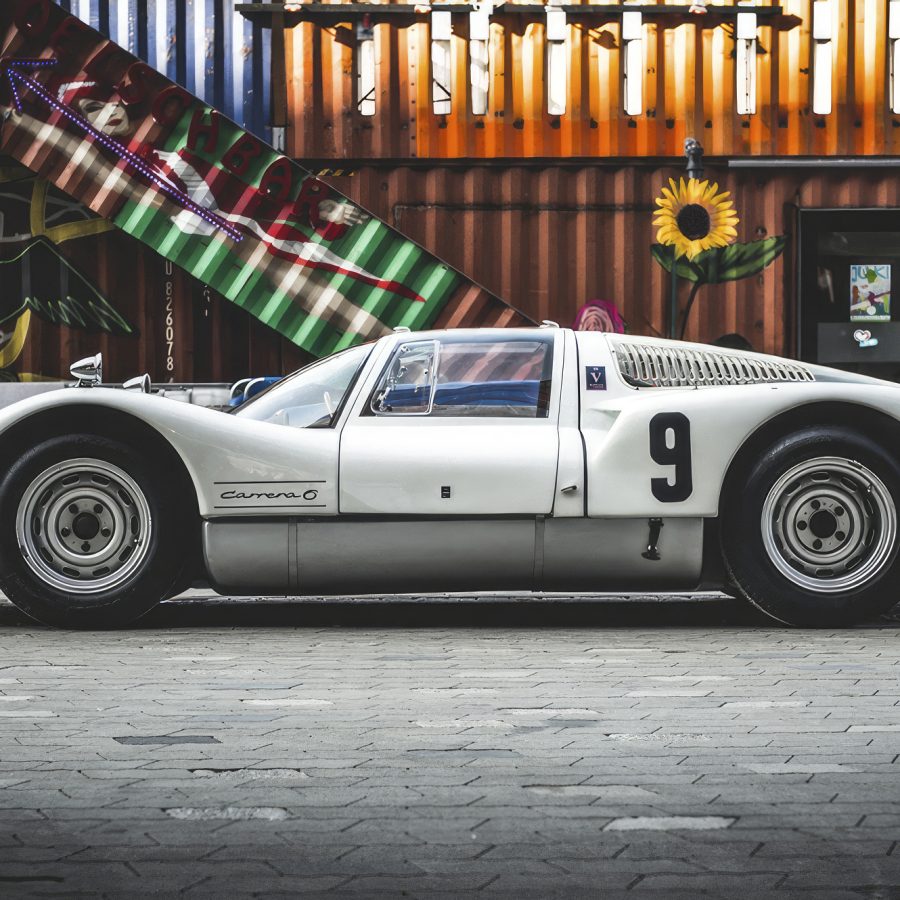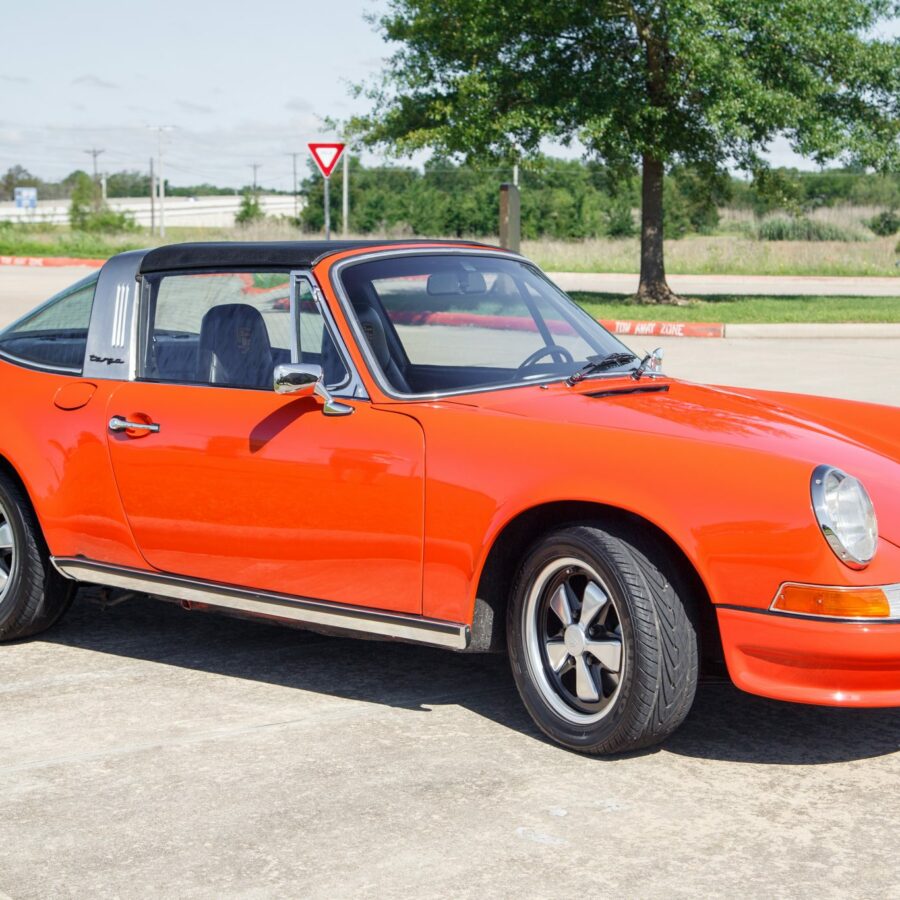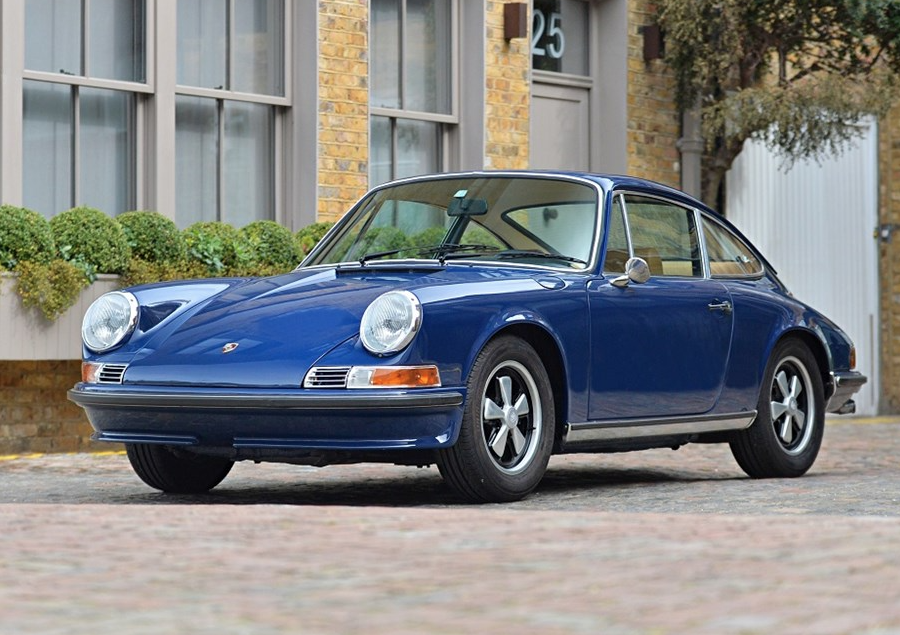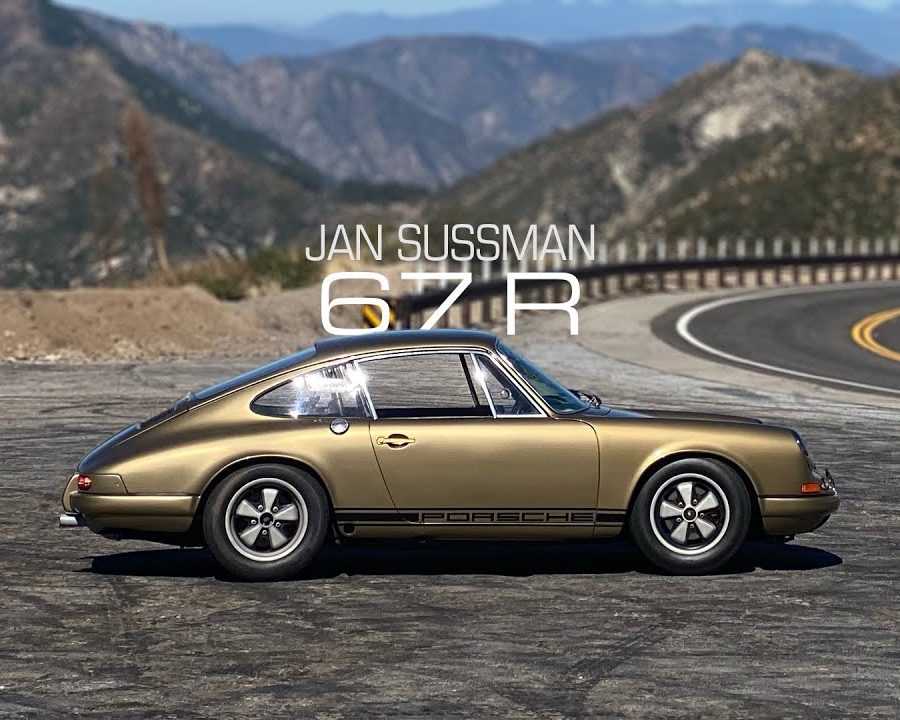Porsche 911 2.0 Bertone (1966)
Southern California Porsche dealer Johnny von Neumann knew what his customers wanted, and a Targa top Targa 911 wasn’t it.
Porsche 911 L 2.0 (1968)
Emissions regulations meant no 911S for the U.S market. So Porsche shipped a 911S with a base 911 drivetrain and called it the 911L.
Porsche 911 (MY 1970) – Equipment & Options Codes
Full list of Equipment & Option Codes Decoder for the 1970 Porsche 911
Porsche Exchange & Replacement Parts (MY1963 – 2012) – Part Catalog
Spare Parts Catalog (Porsche PET) for the Porsche (9YA) Porsche Cayenne
Porsche 911 & 912 (MY 1965-1973) – Part Catalog
Spare Parts Catalog (Porsche PET) for the 1st Gen Porsche 911
FOR SALE: 1973 Porsche 911 Carrera 2.7 RS Touring Coupé
One of only 11 examples finished in Jade Green
Ultra-Rare 1973 Porsche 911 Carrera RS 2.7 Lightweight at Mecum Kissimmee
Could fetch up to $1,300,000
Porsche 911 E 2.0 (1969)
Introduced in 1969 as the midrange model for the 911, sitting between the 1969 911 T and 1969 911 S
2024 Targa California Rally
Successful 15th iteration includes IROC group
Porsche 911 E 2.2 (1970 – 1971)
The Porsche 911E continued its place as the mid-range option in the 911 lineup for 1970 - 1971
Porsche 911 (MY 1973) – Equipment & Options Codes
Full list of Equipment & Option Codes Decoder for the 1973 Porsche 911
Porsche 911 (MY 1964-1973) – Sales Brochures
Sales Catalogs for the first generation Porsche 911
Porsche Heritage and Museum at Solitude Revival
A high-octane journey back in time!
Porsche (All Models) (Pre-1970) – Equipment & Options Codes
Equipment Codes & Option Decoder
Porsche 911 F-Series (1963 – 1973) – Paint Colors (Exterior & Interior)
Color Options and Samples
Porsche 911 S 2.4 (1972 – 1973)
The final early 911S benefitted from Porsche's 2.4-liter engine the the long-wheel-base body
FOR SALE: 1973 Porsche 911 Carrera RS 2.7 Touring
One of just 1,308 Carrera RS 2.7s built to “M472” Touring specification
Porsche 911 E 2.4 (1972 – 1973)
911E was the mid-range option in the E-series and F-series 911s. It benefited from the larger 2.4 engine
Porsche 911 R (1967 – 1968)
A lightweight racer designed to take the newly released 911 to its limit
Porsche 911 T 2.2 (1970 – 1971)
The Porsche 911T continued as the entry level 911 for the 1970 and 1971 model years
Luftgekühlt lands in Poland
200+ air-cooled Porsches and 3,500 fans unite
Porsche 911 S/T (1970 – 1971)
Built to take full advantage of new FIA rules allowing a two-inch wider track.
Porsche 911 T/R (1968)
The 911T in 1968 was the lightest 911 making it ideal for racing where the SWB T was homologated for Group 3.
Porsche 911 2.0 (1965 – 1968)
The original Porsche 911. Developed as a replacement for the highly successful Porsche Model 356.
Porsche 911 S 2.2 (1970 – 1971)
Along with all the C-series improvements, the 1970 911 S got an upgraded 180 bhp version flat-6
Porsche 911 (MY 1971) – Equipment & Options Codes
Full list of Equipment & Option Codes Decoder for the 1971 Porsche 911
Luftgekühlt goes to Europe!
Summer shows in Wroclaw, Poland, and Copenhagen, Denmark
FOR SALE: 1973 Porsche 911 Carrera RS Touring
One of 1,580 built
Porsche 911 (MY 1972) – Equipment & Options Codes
Full list of Equipment & Option Codes Decoder for the 1972 Porsche 911


